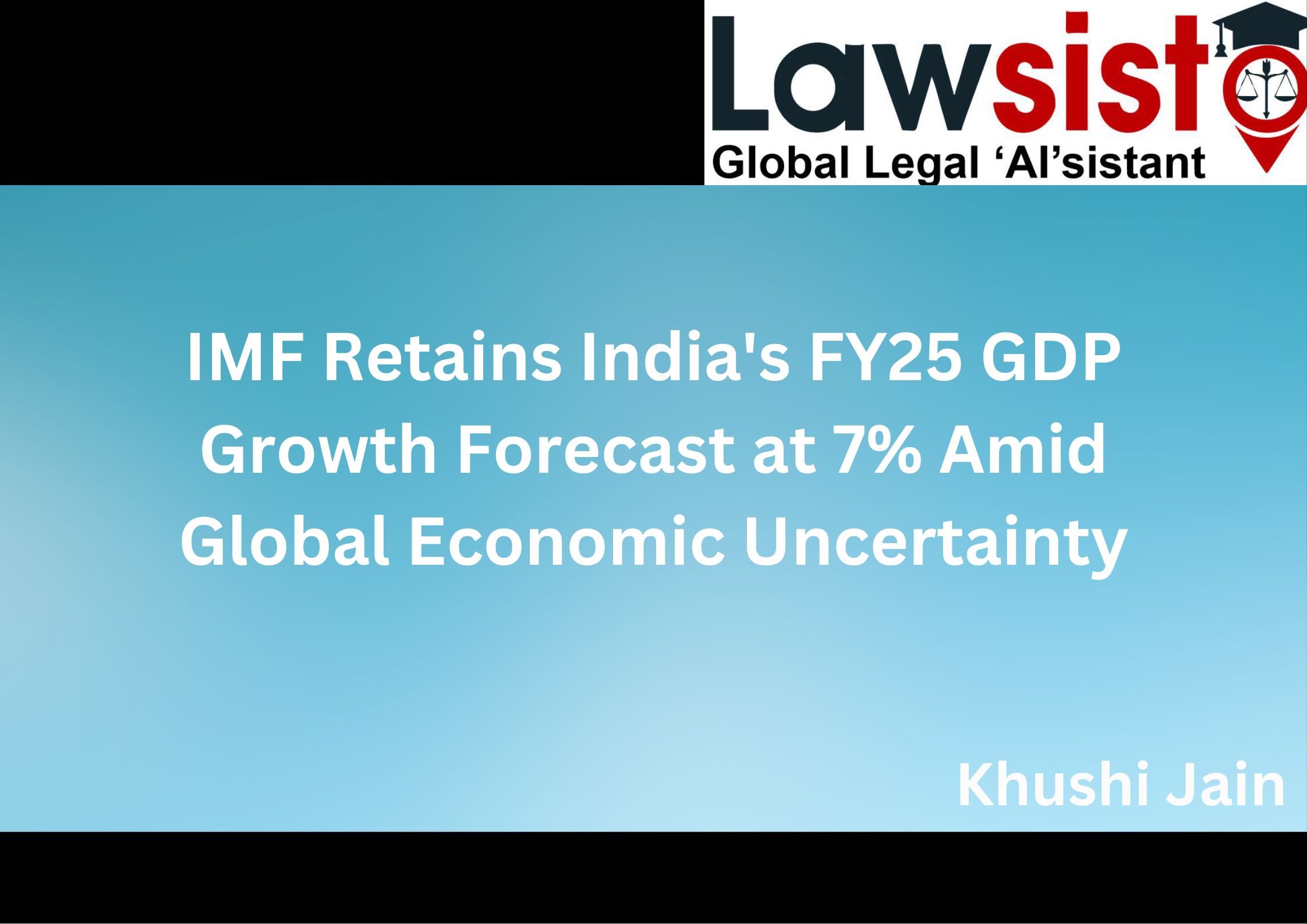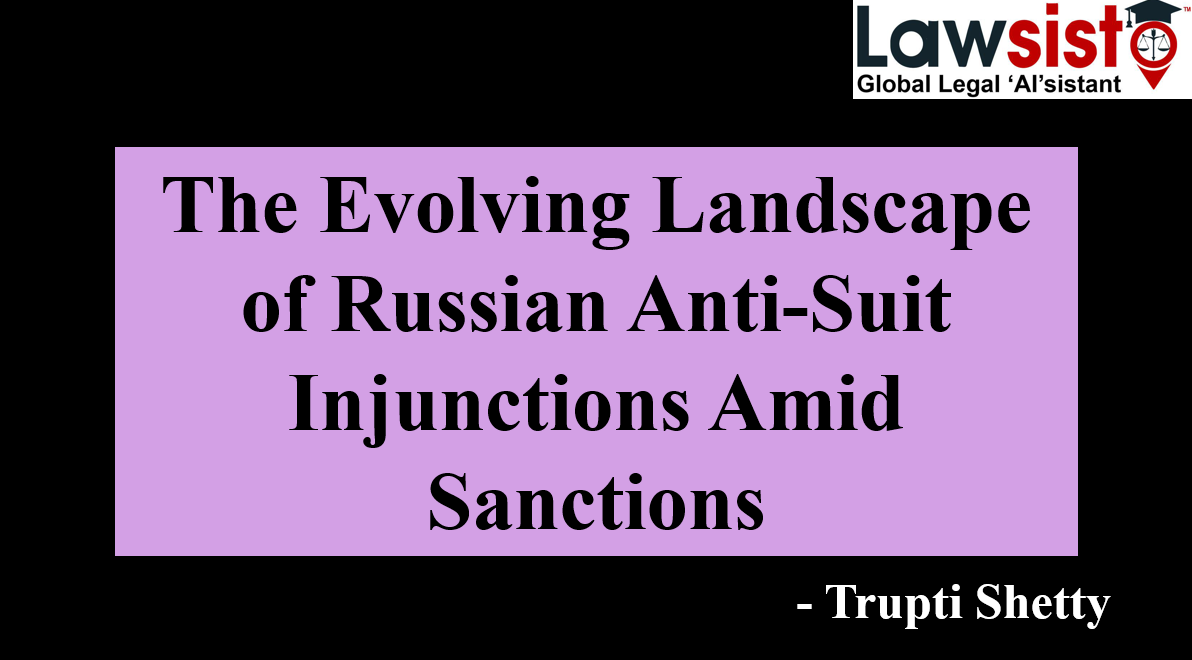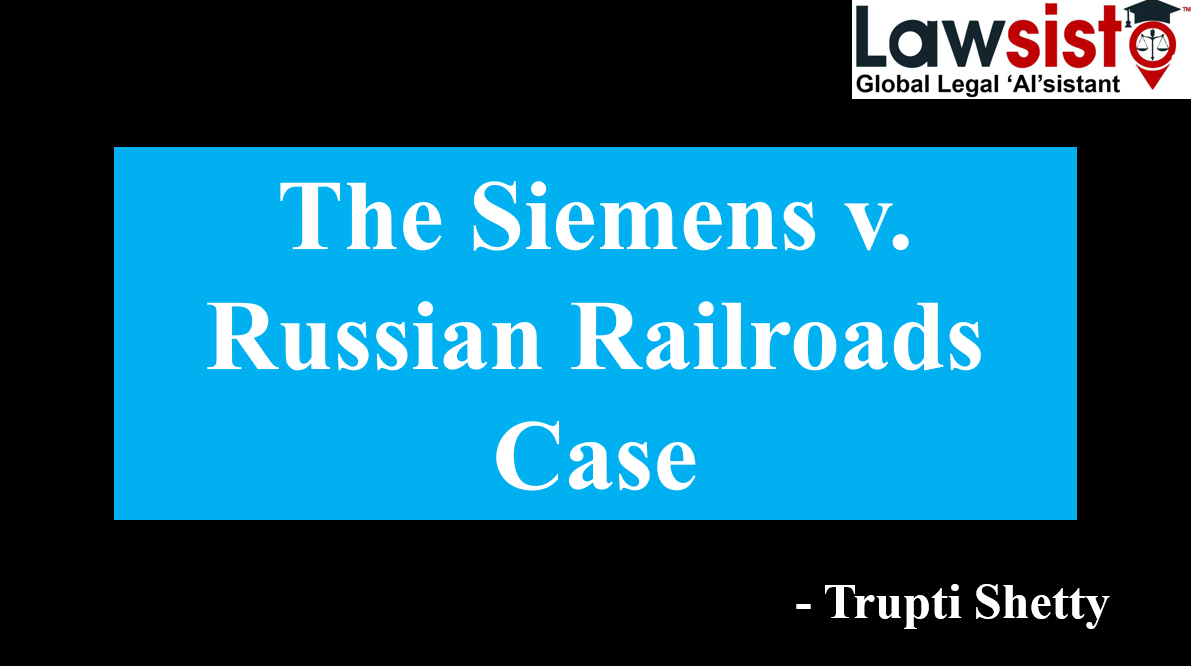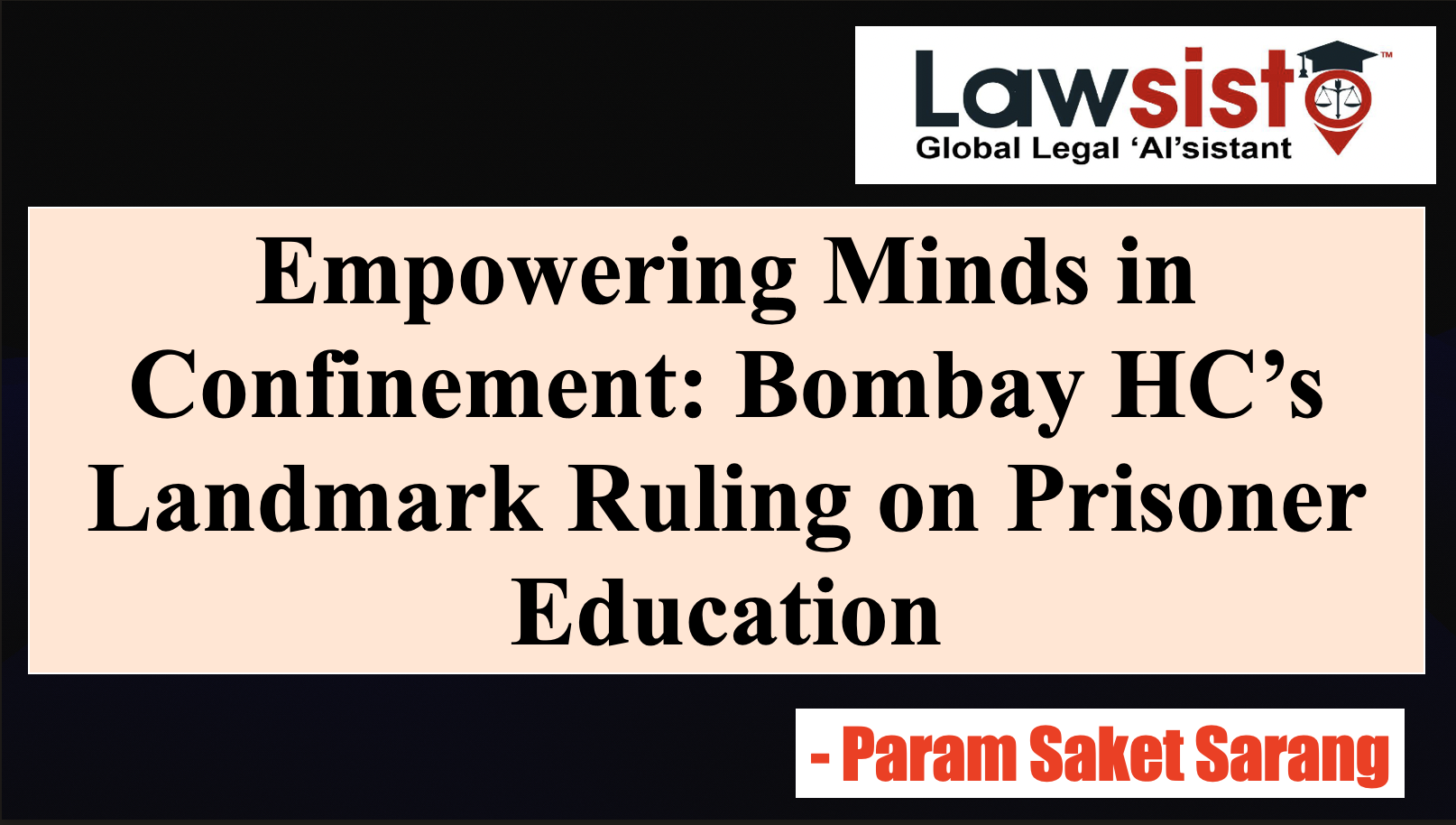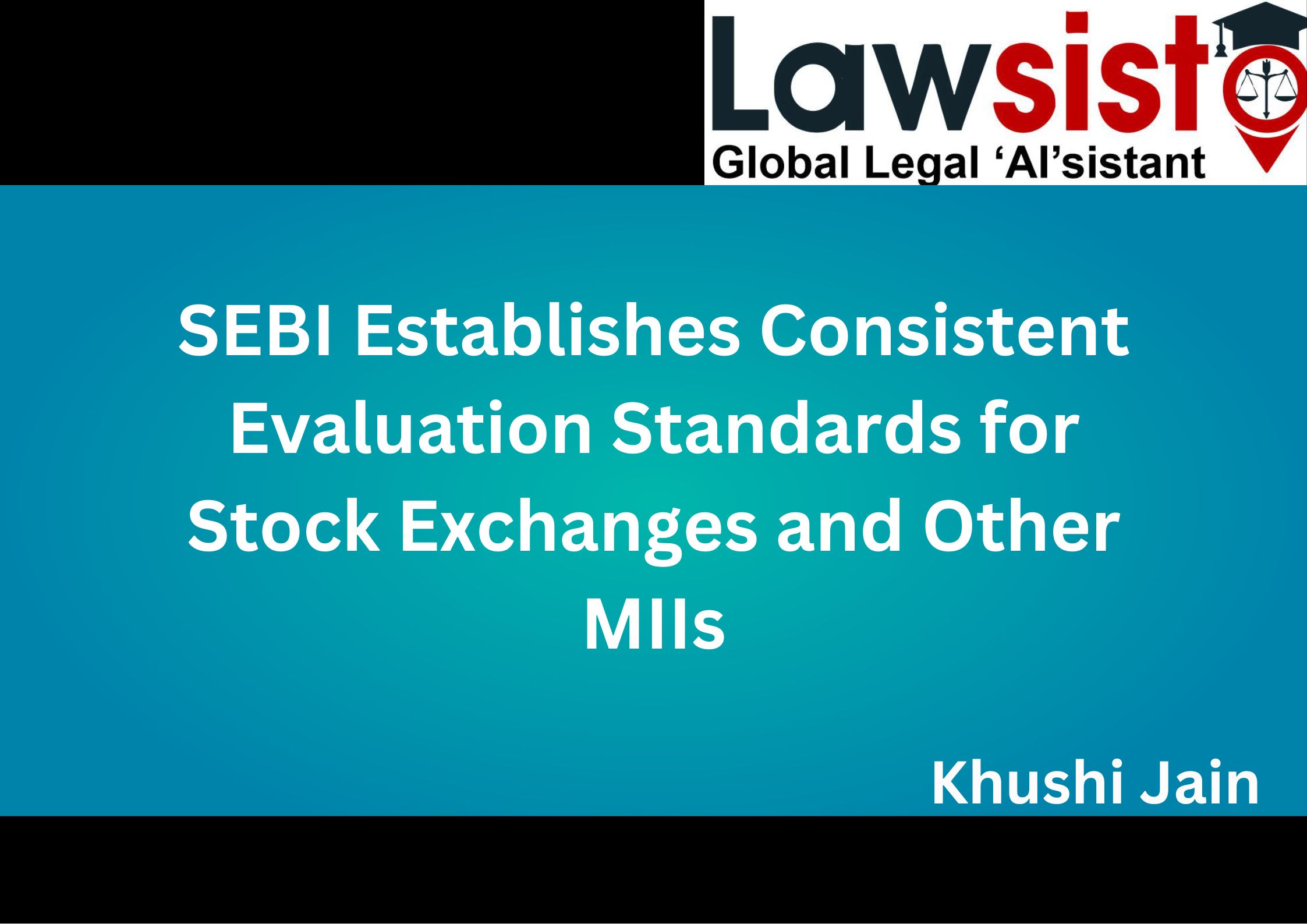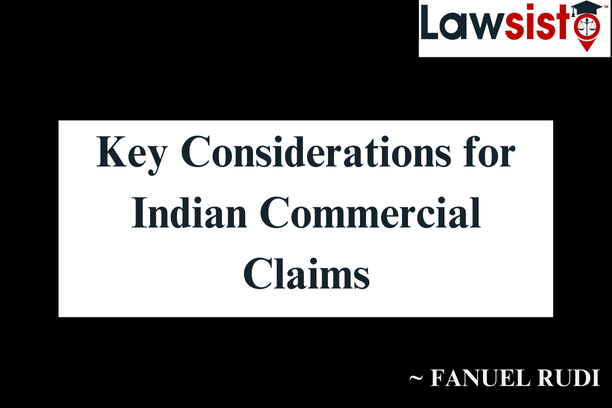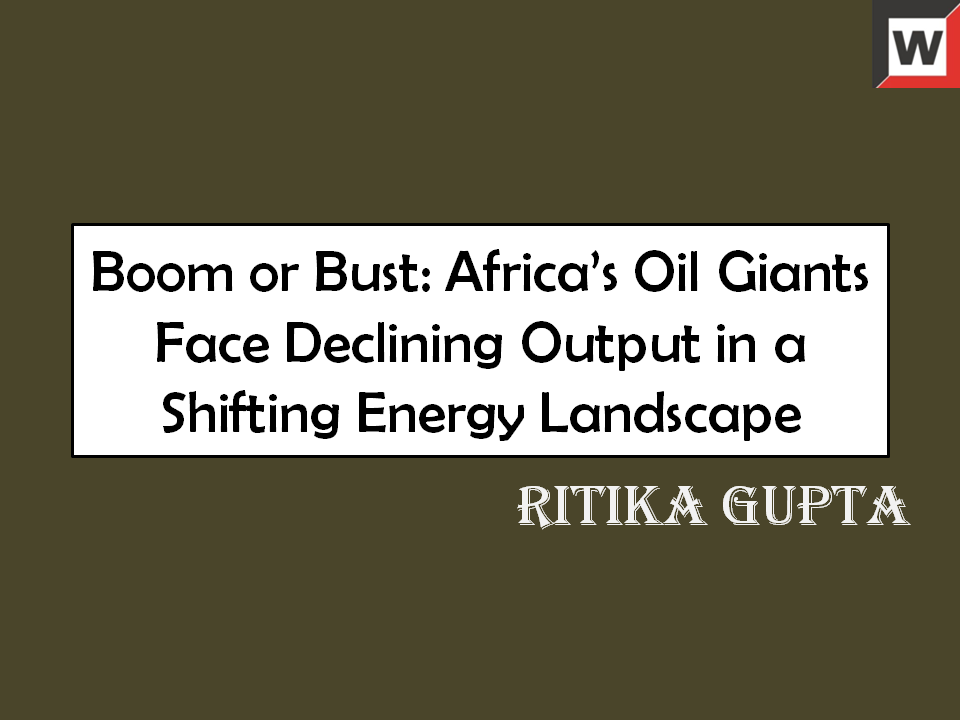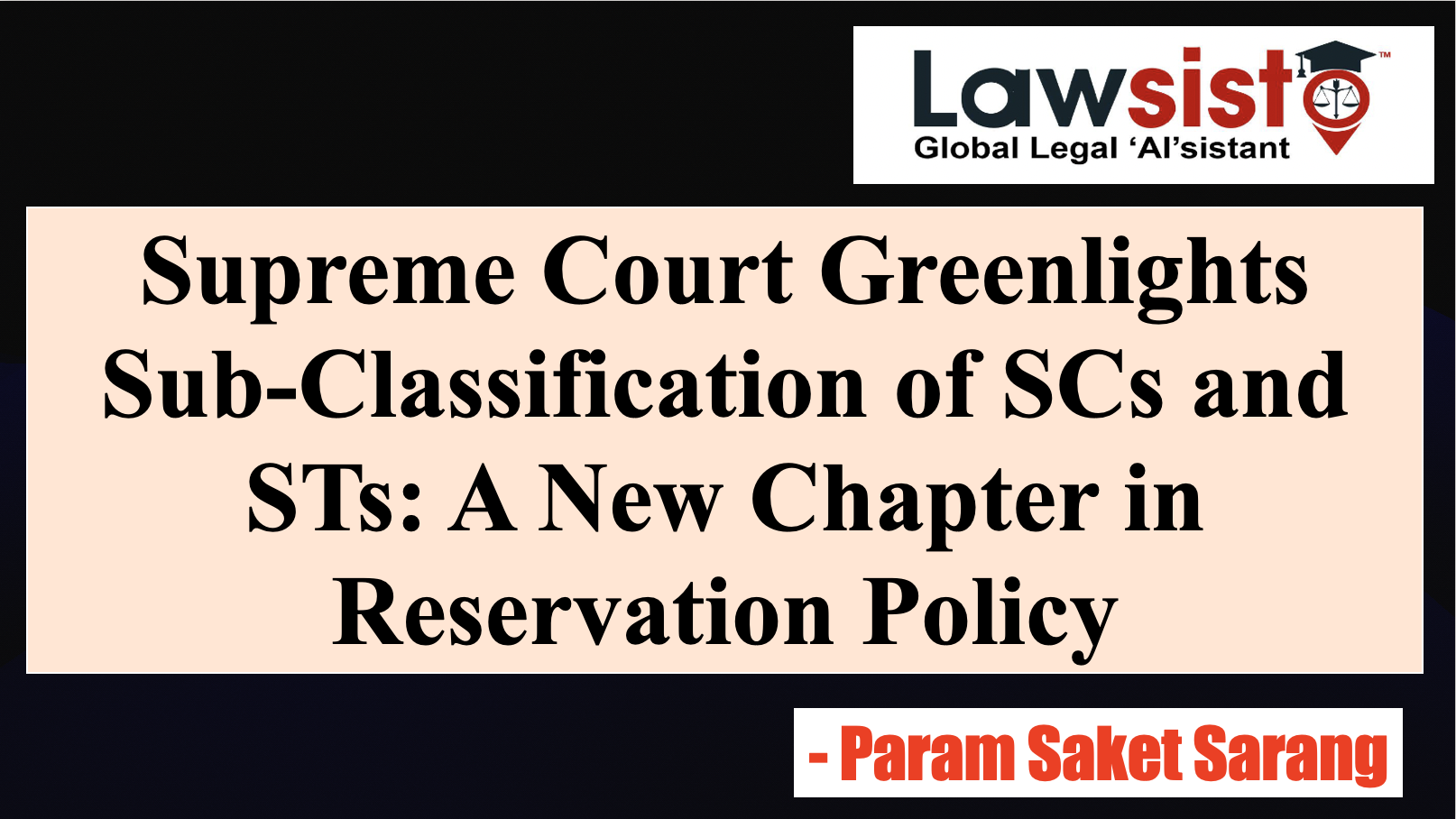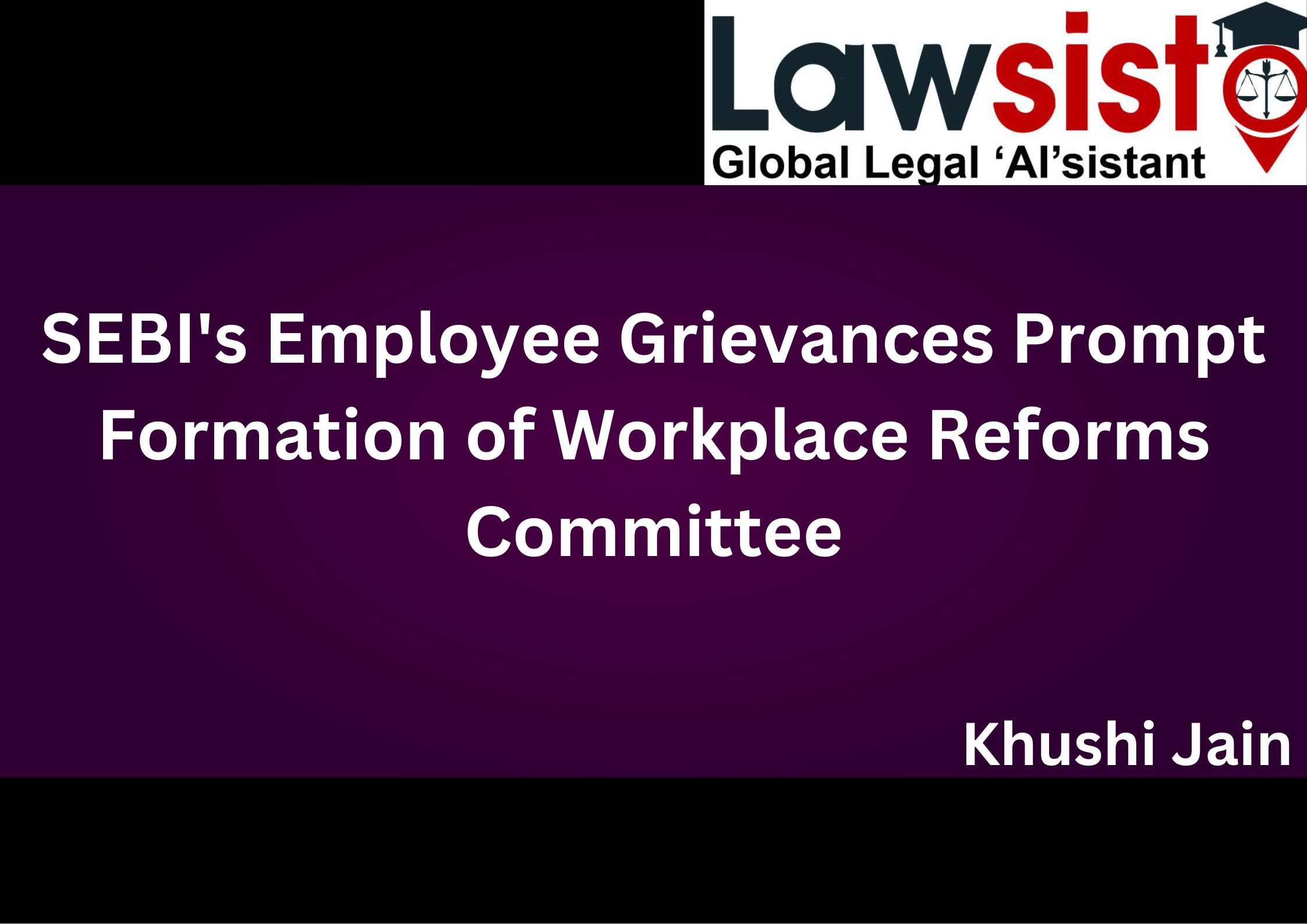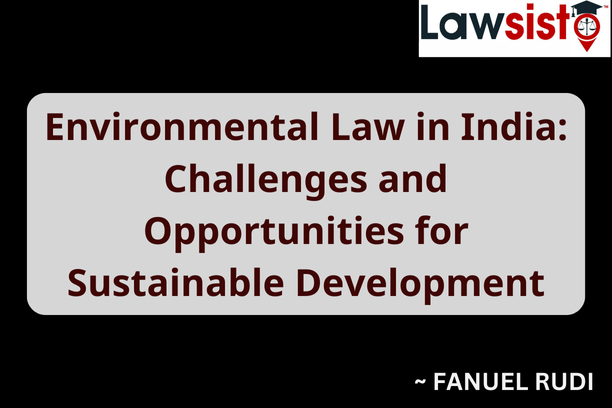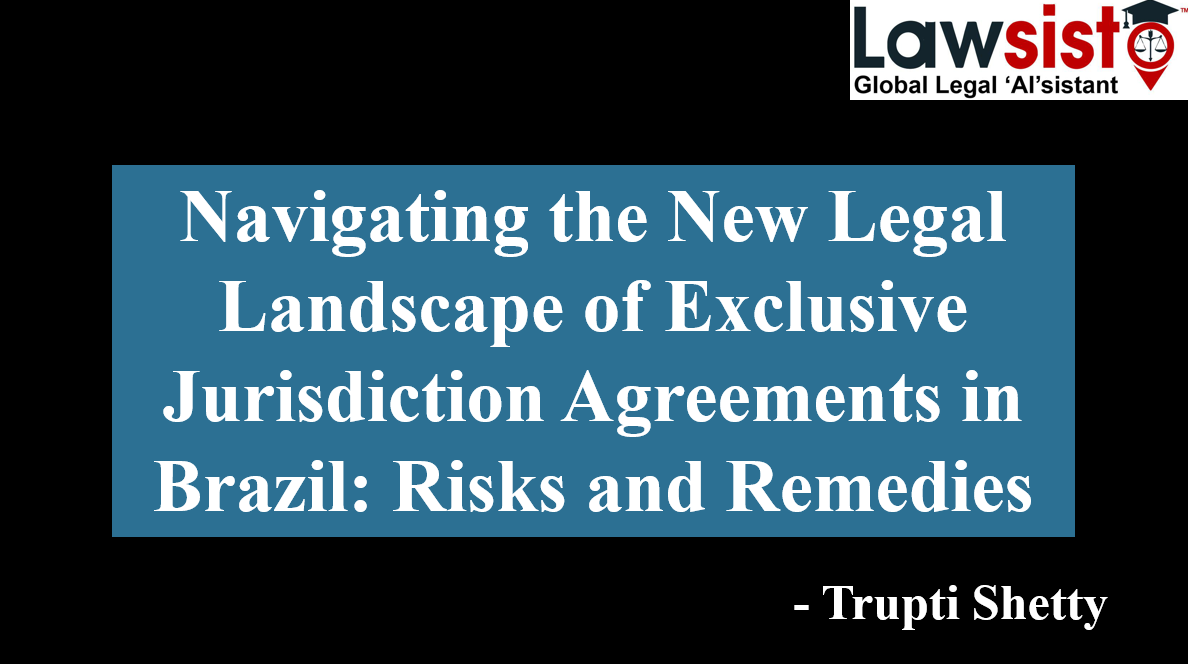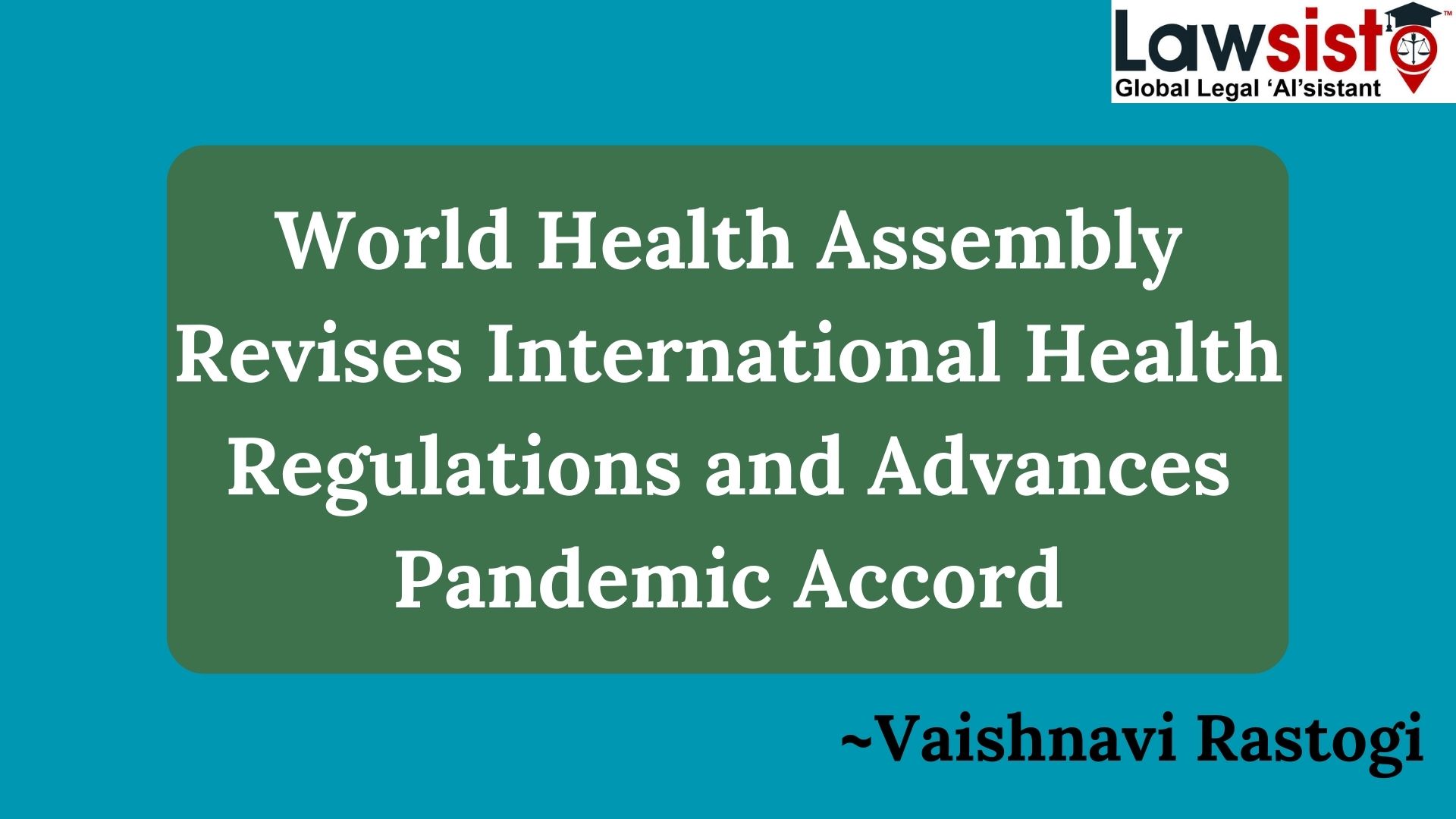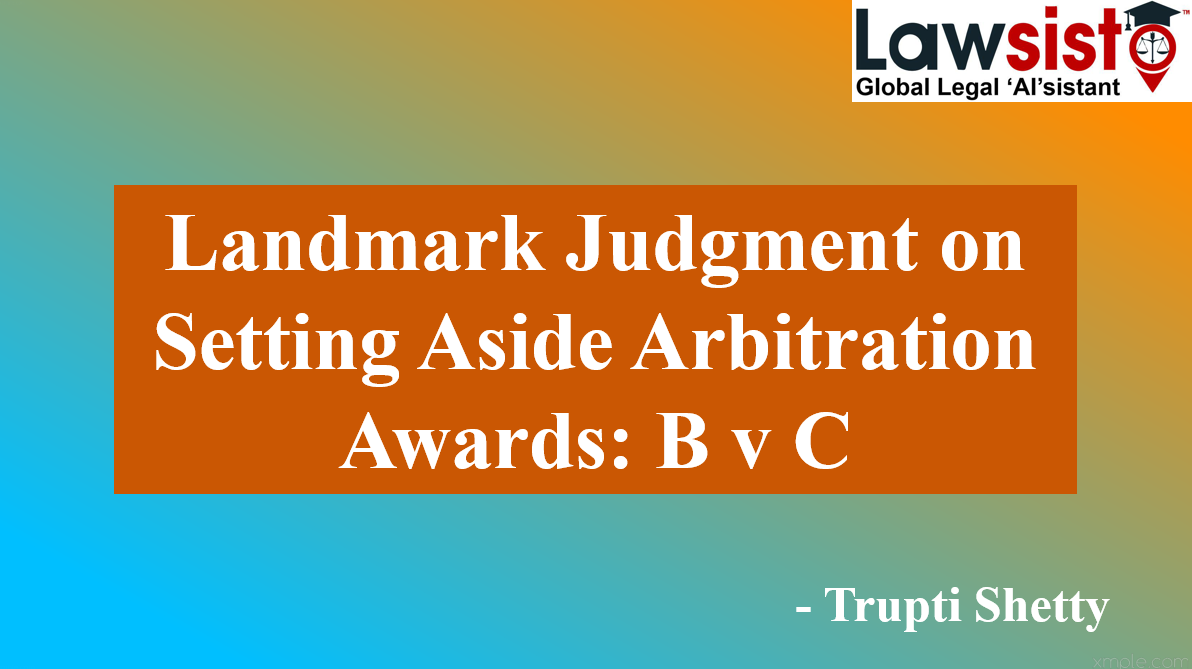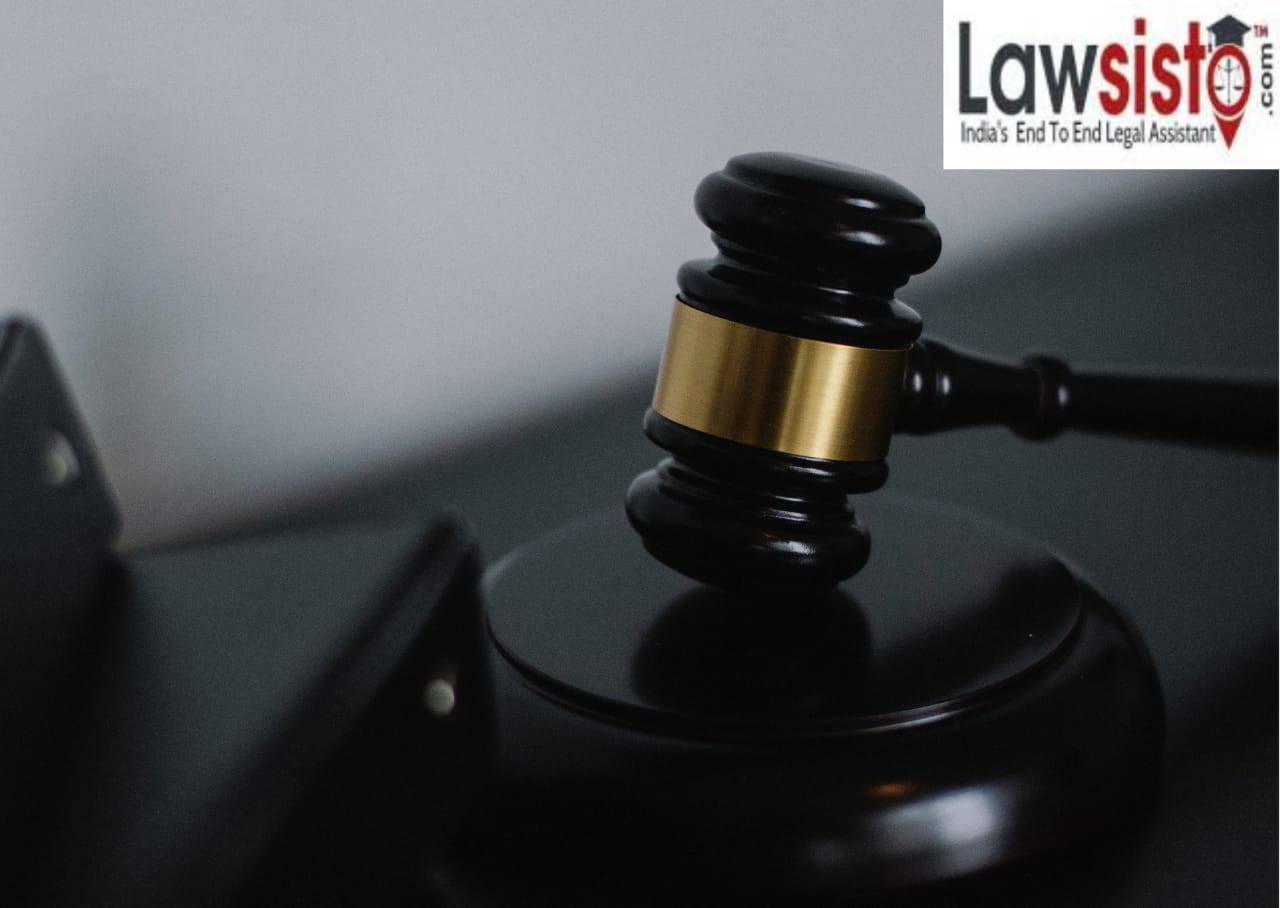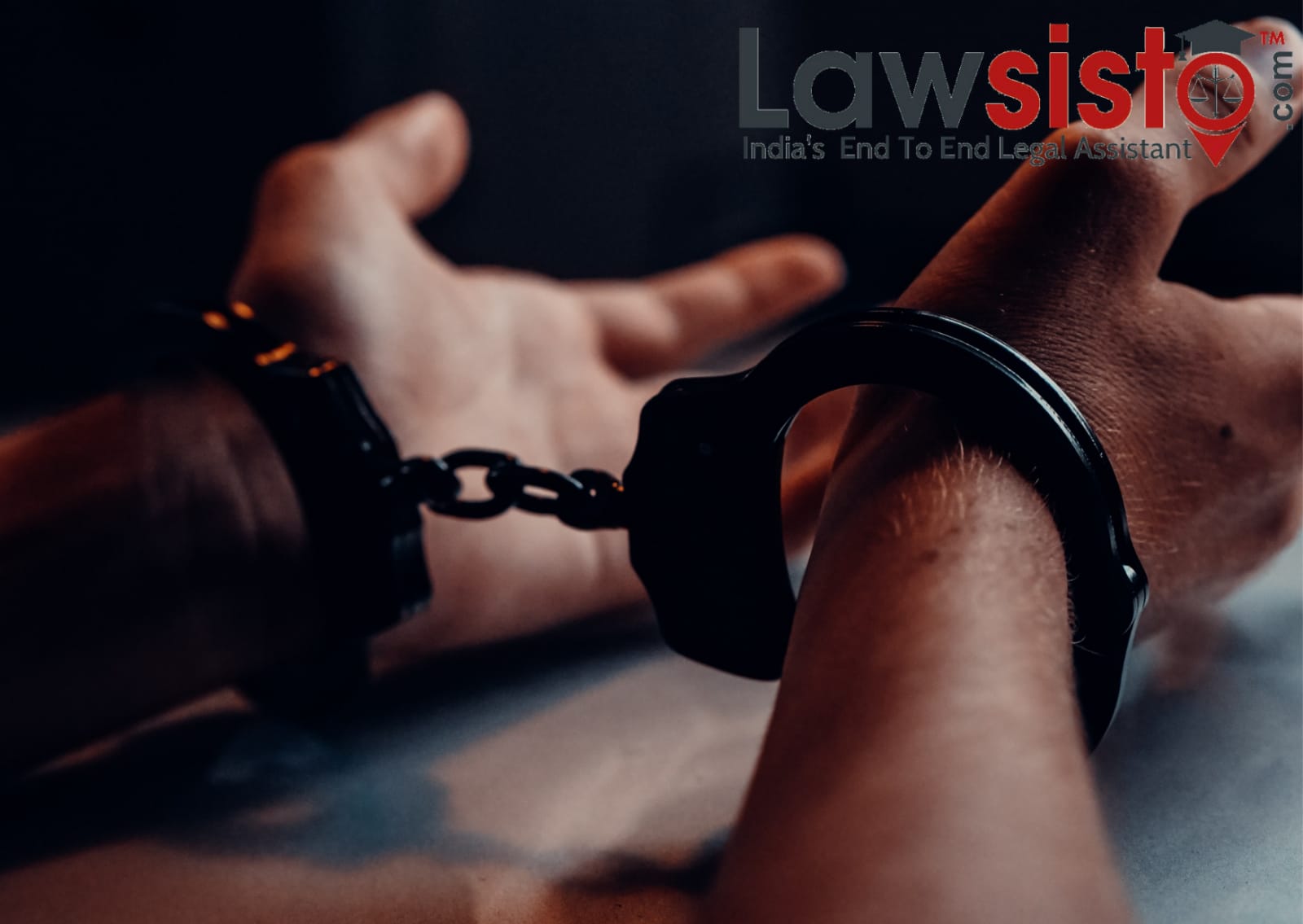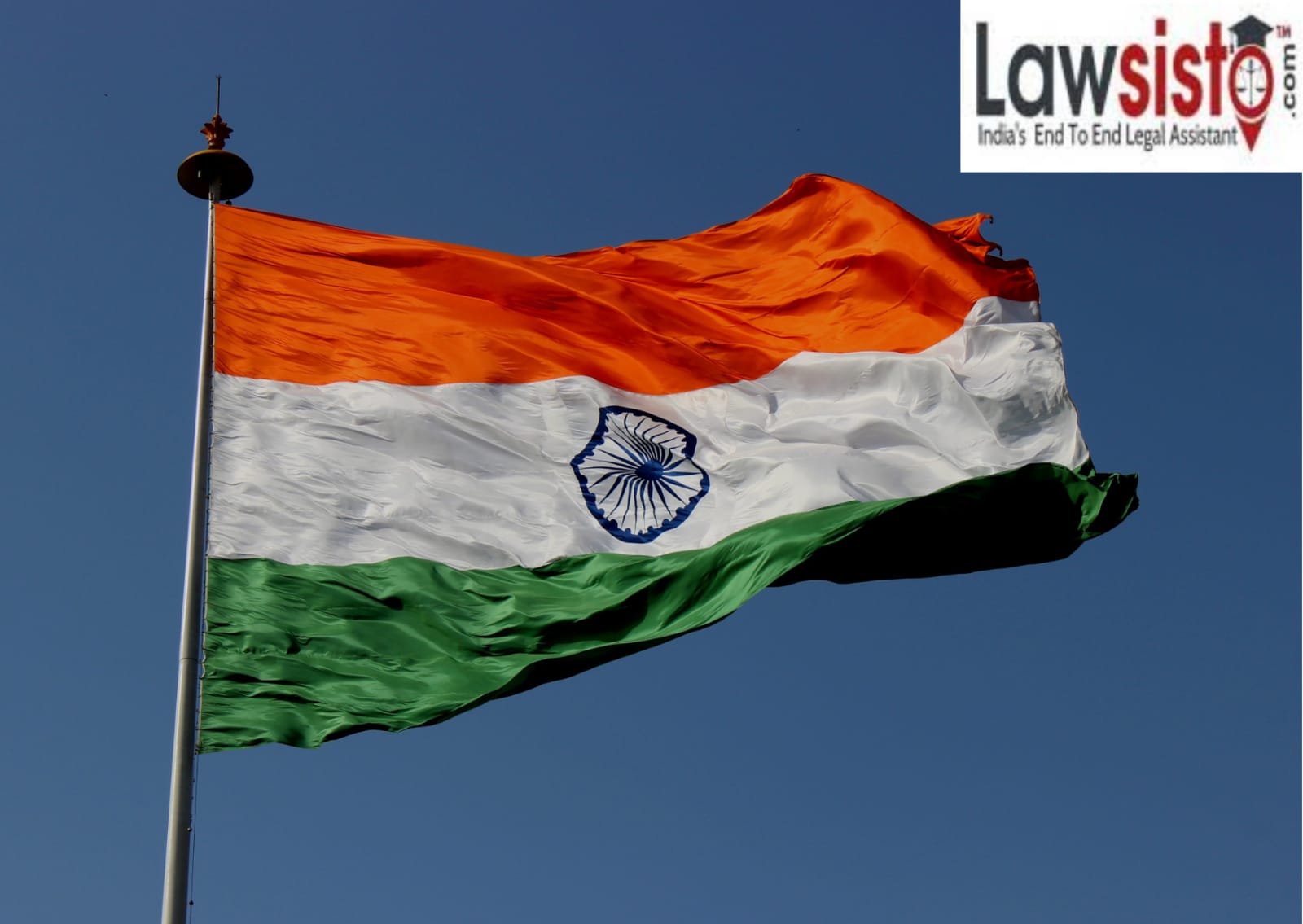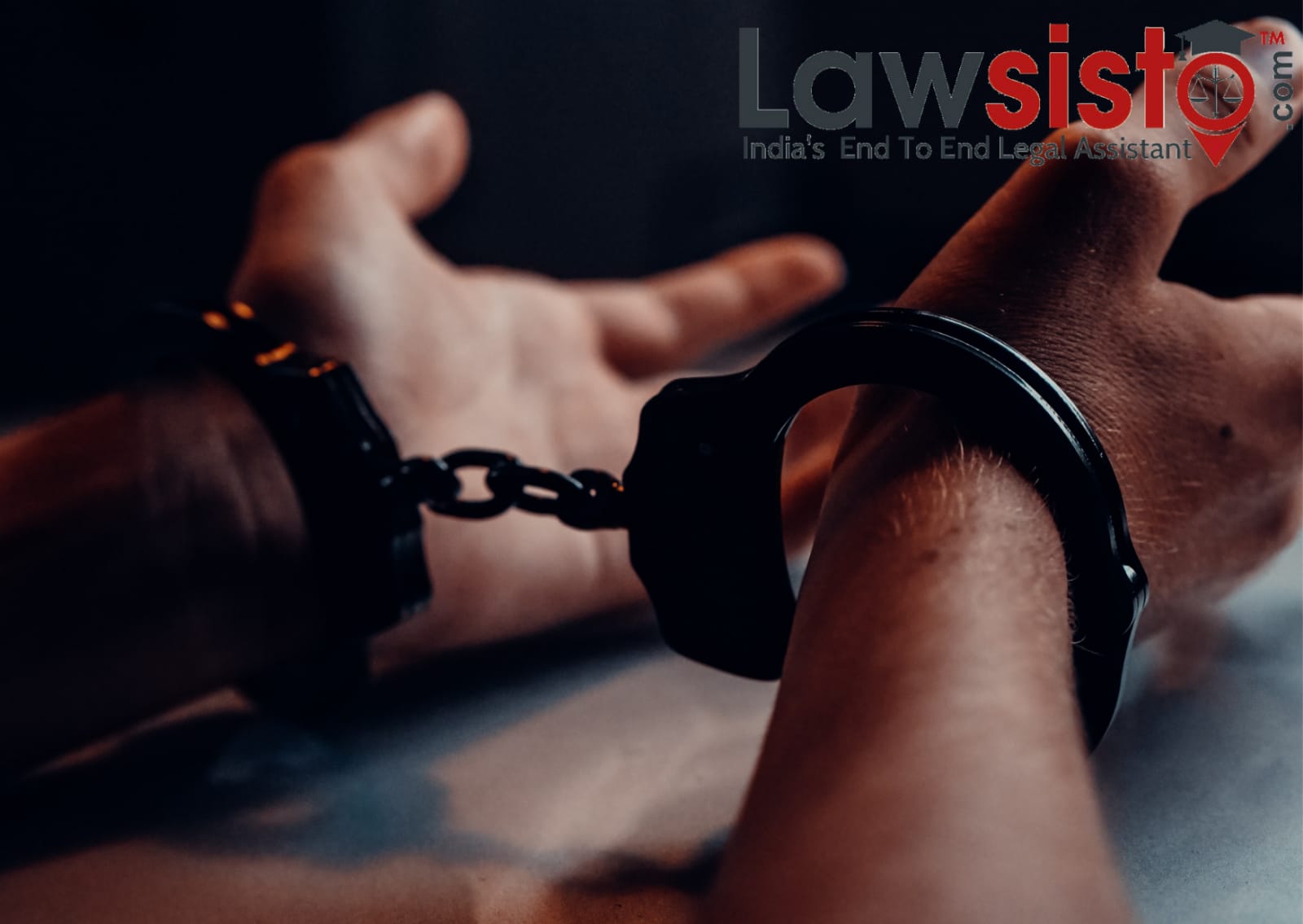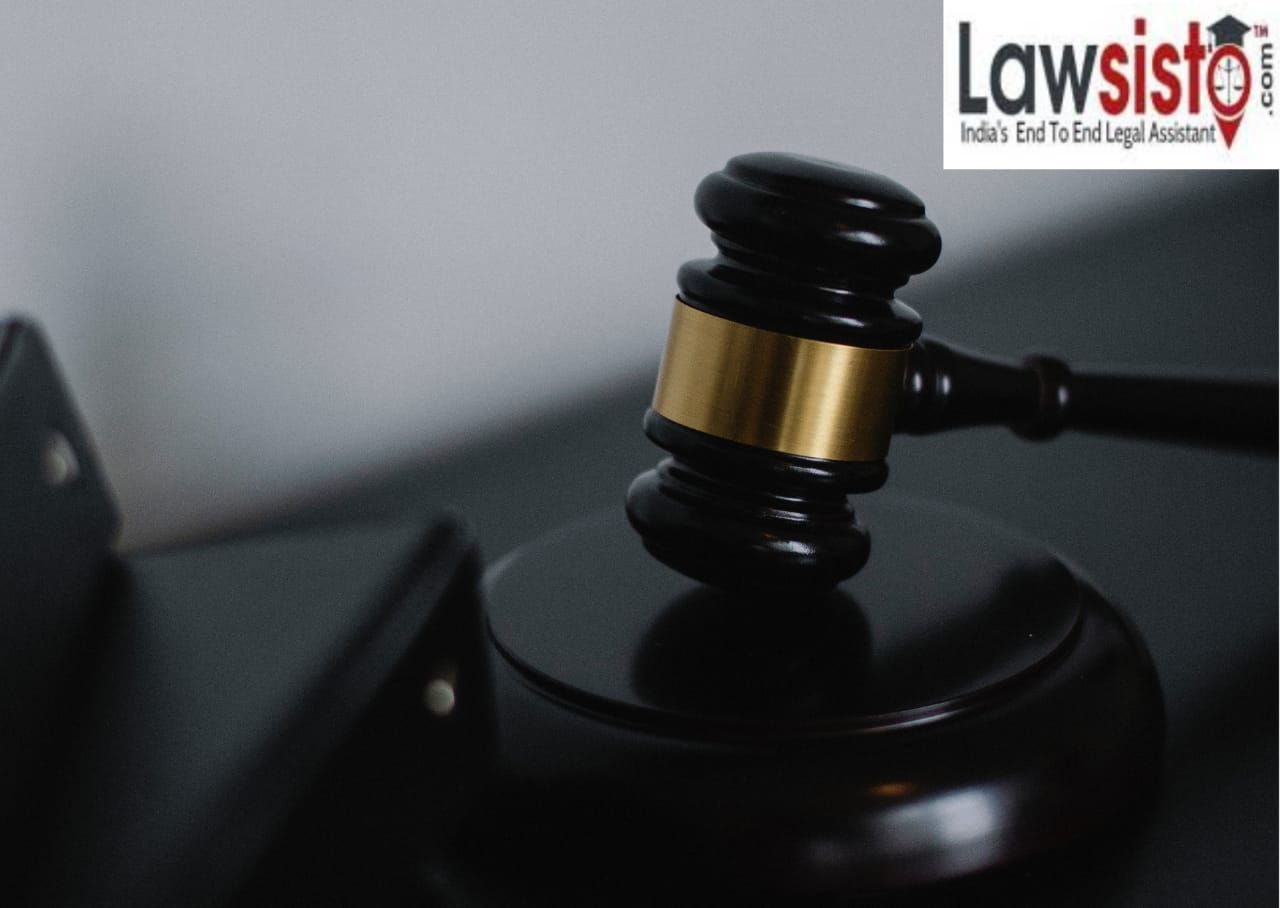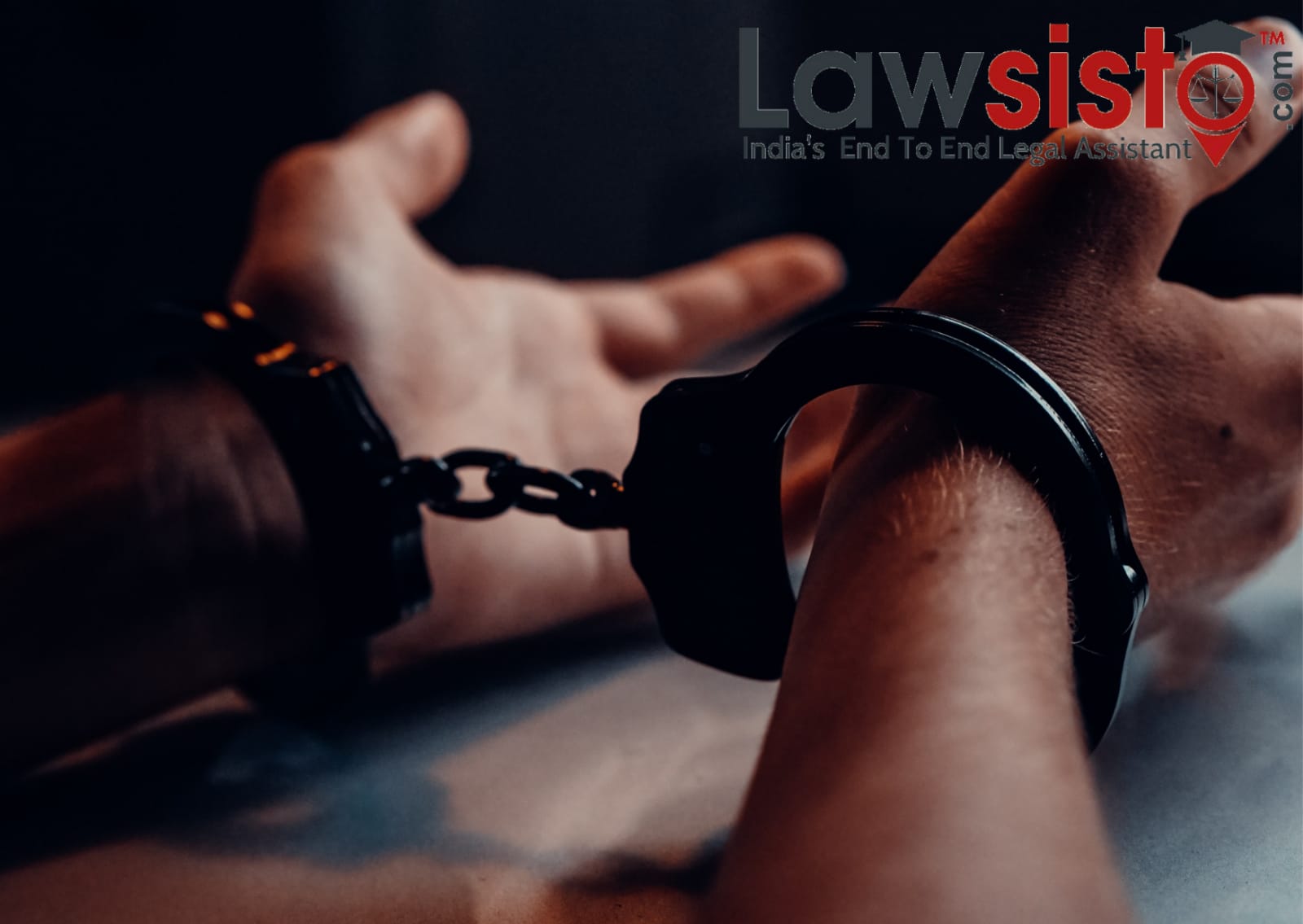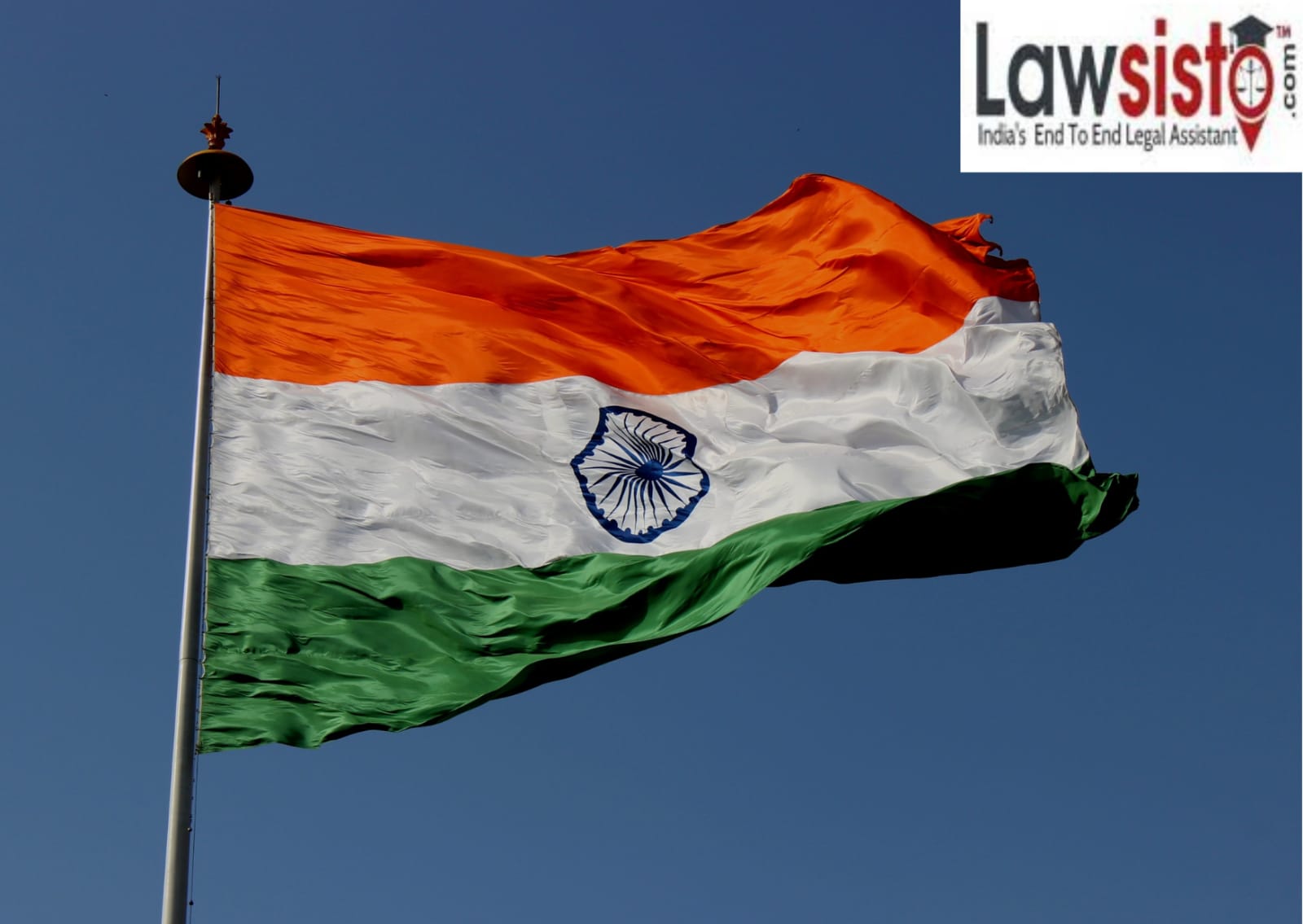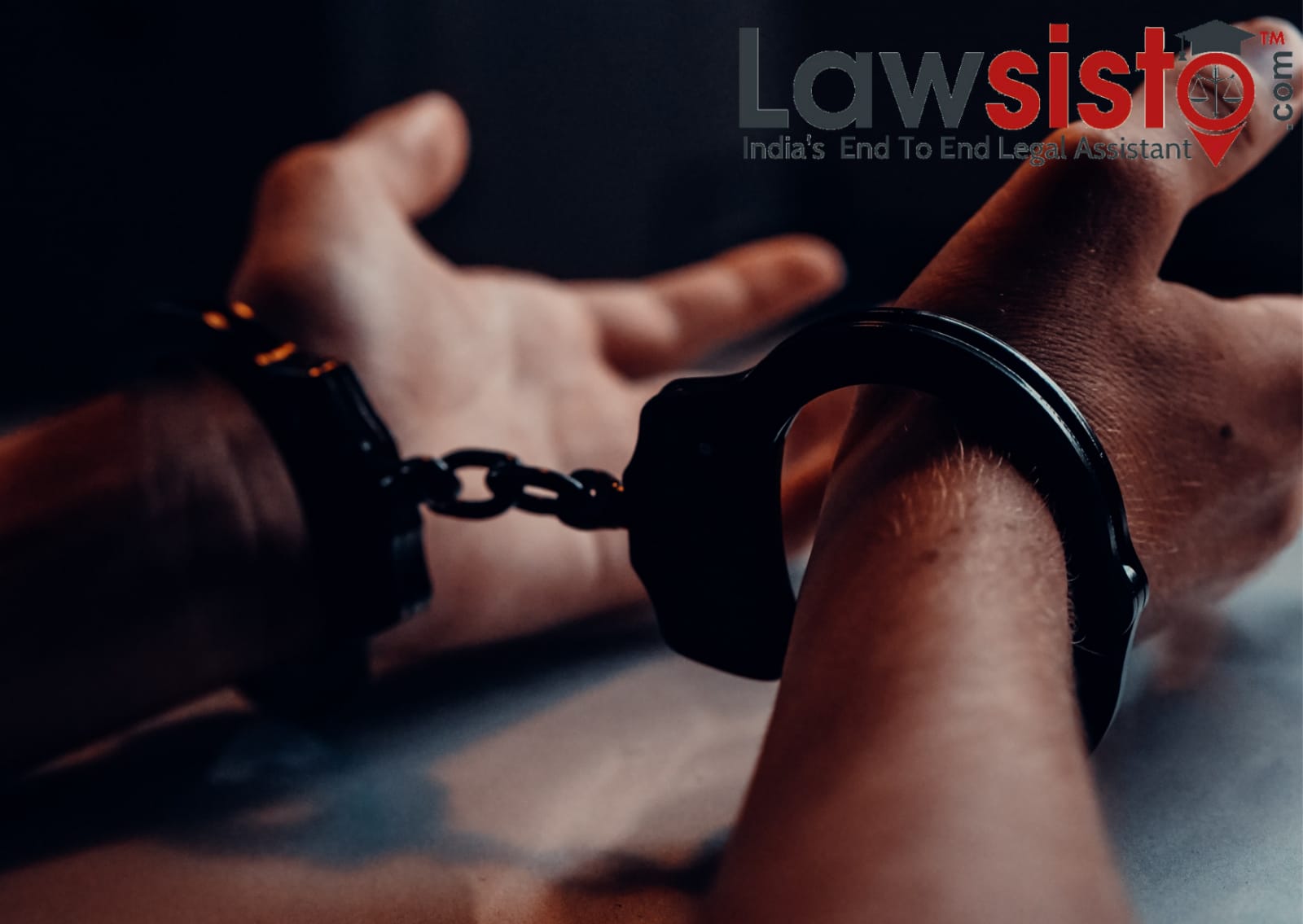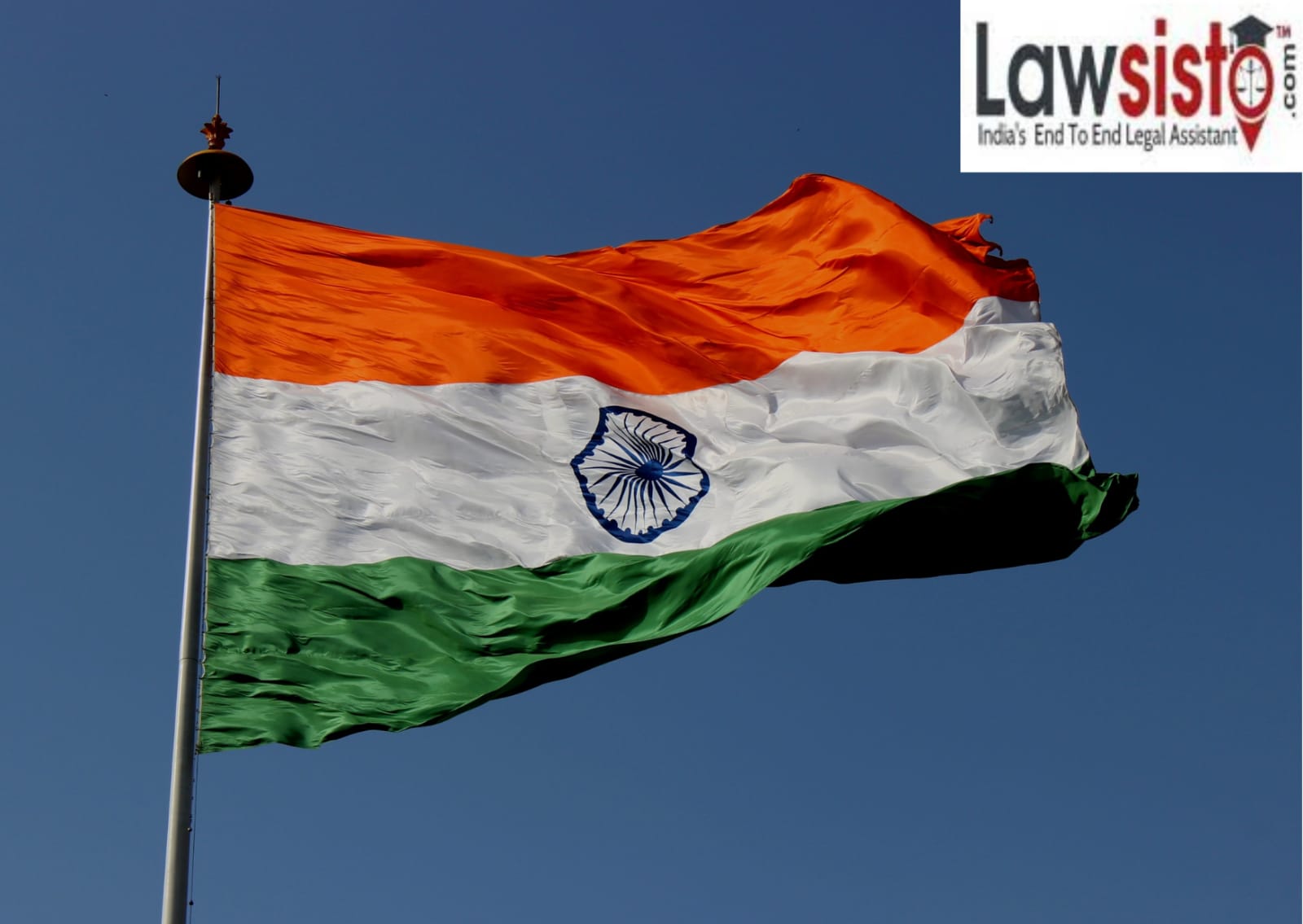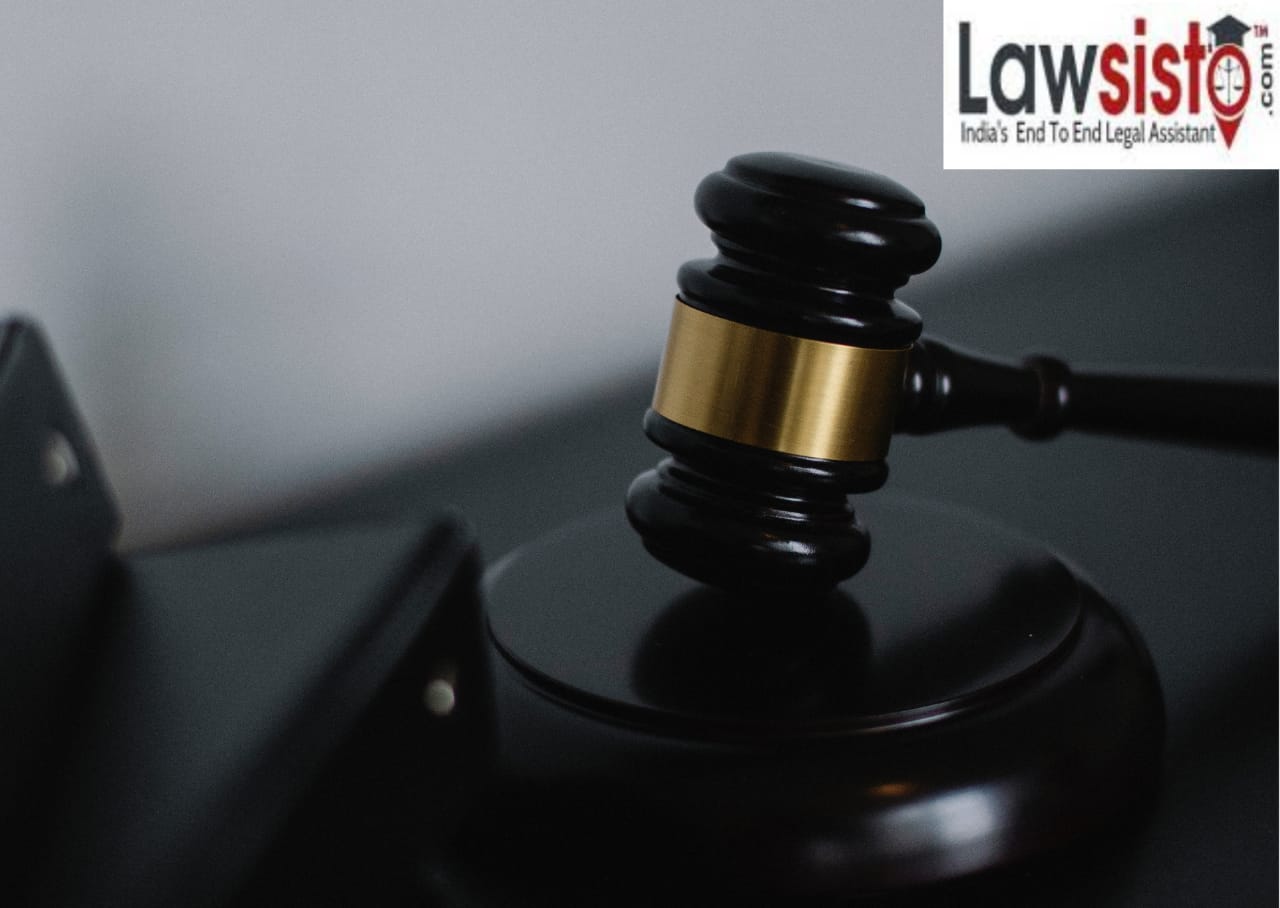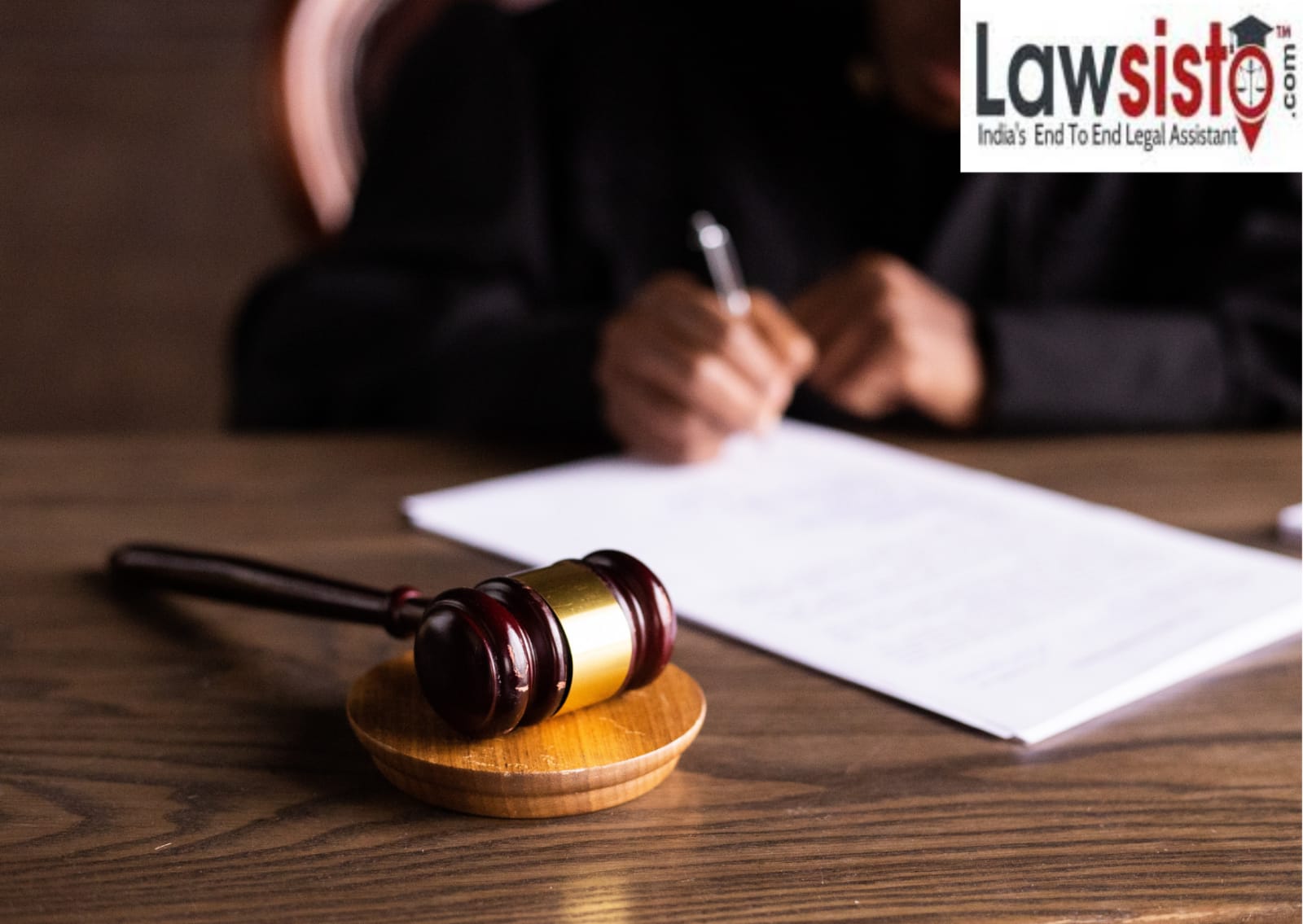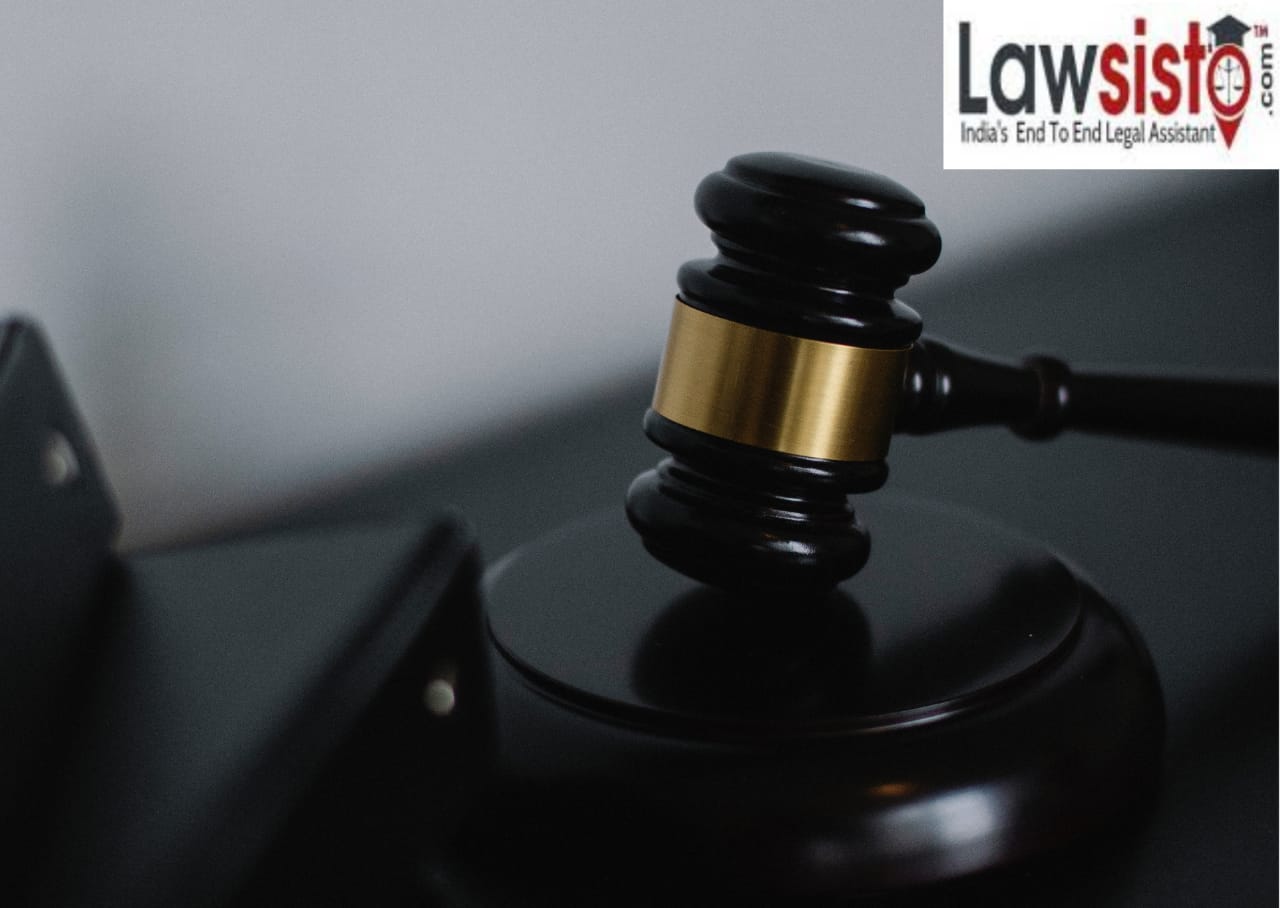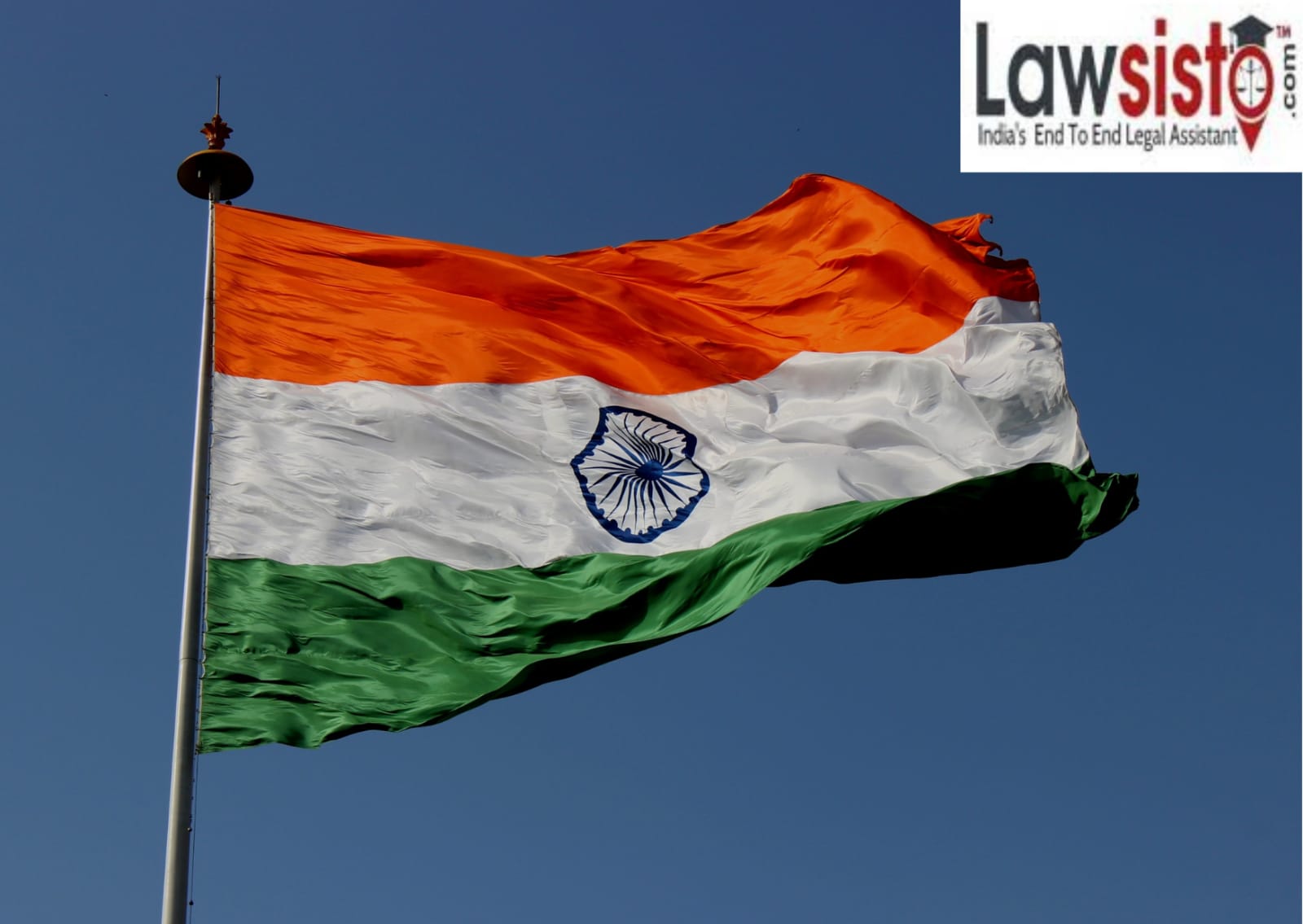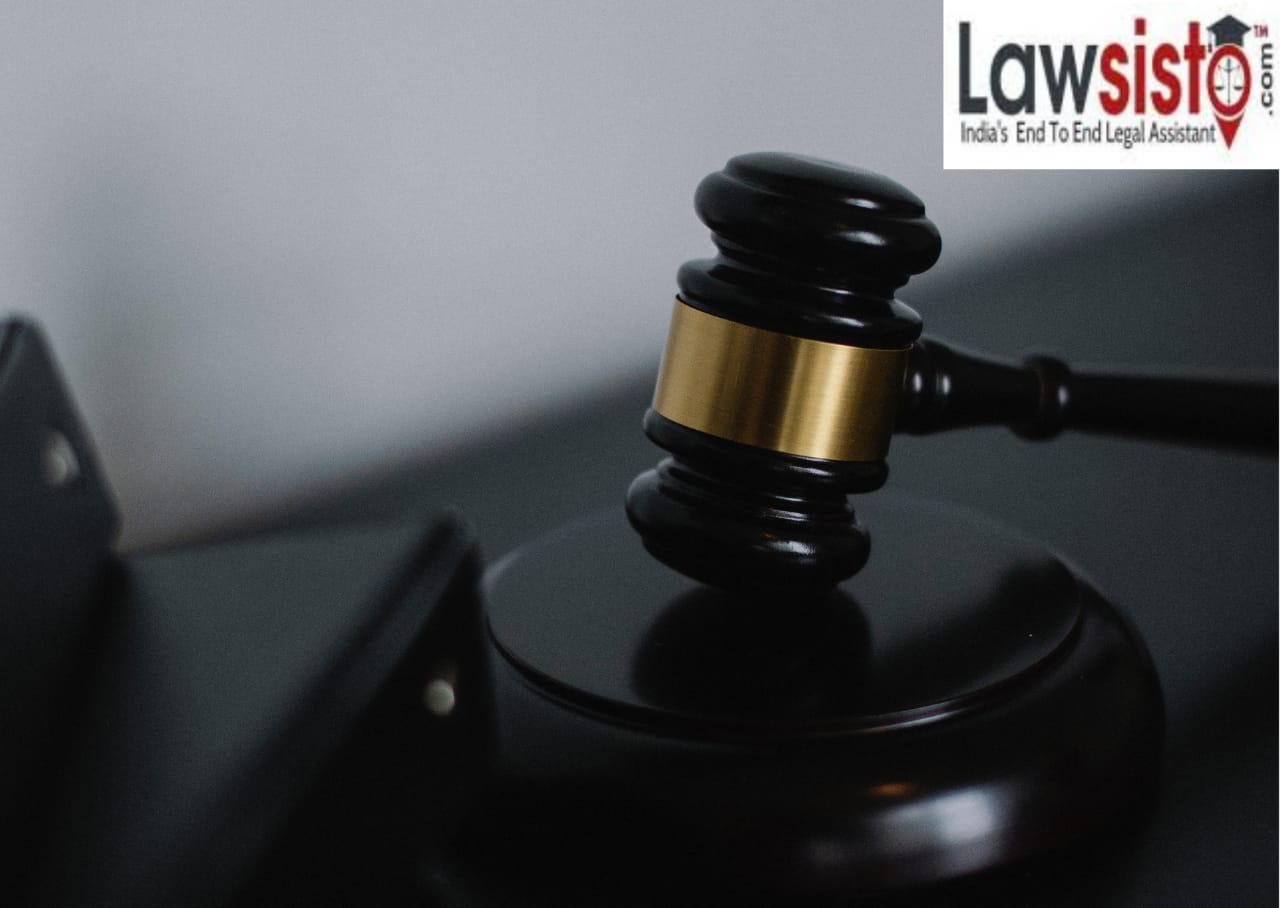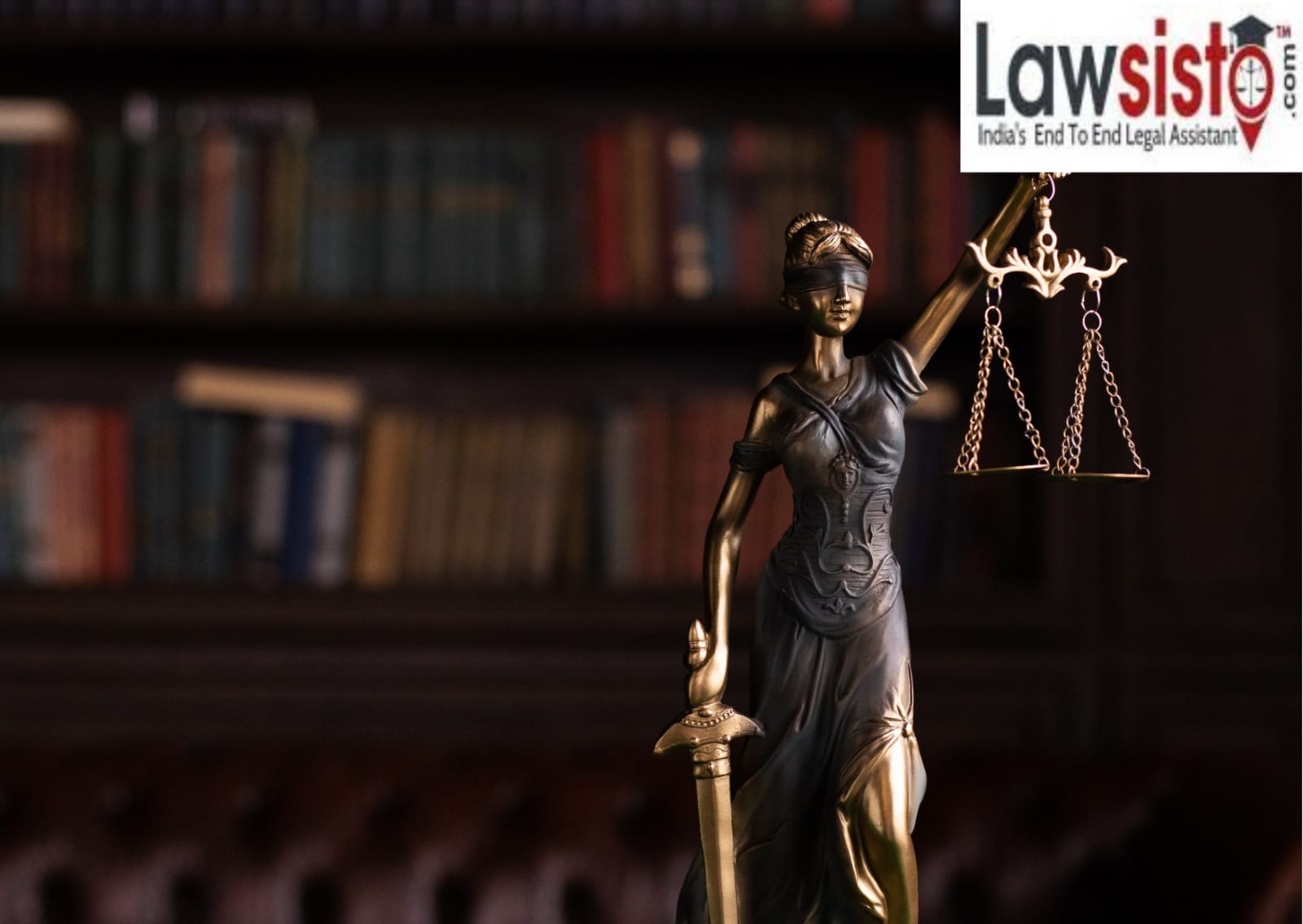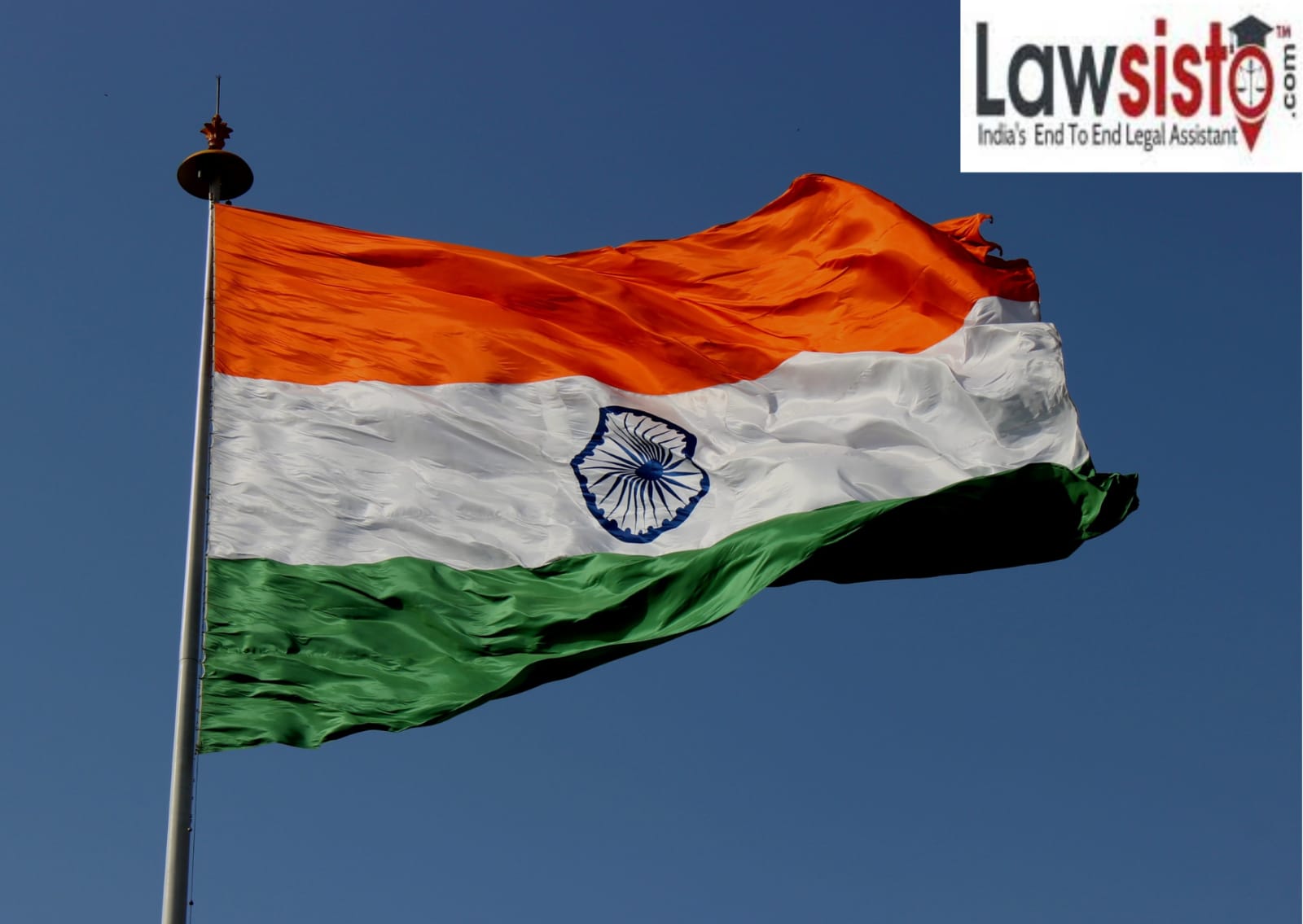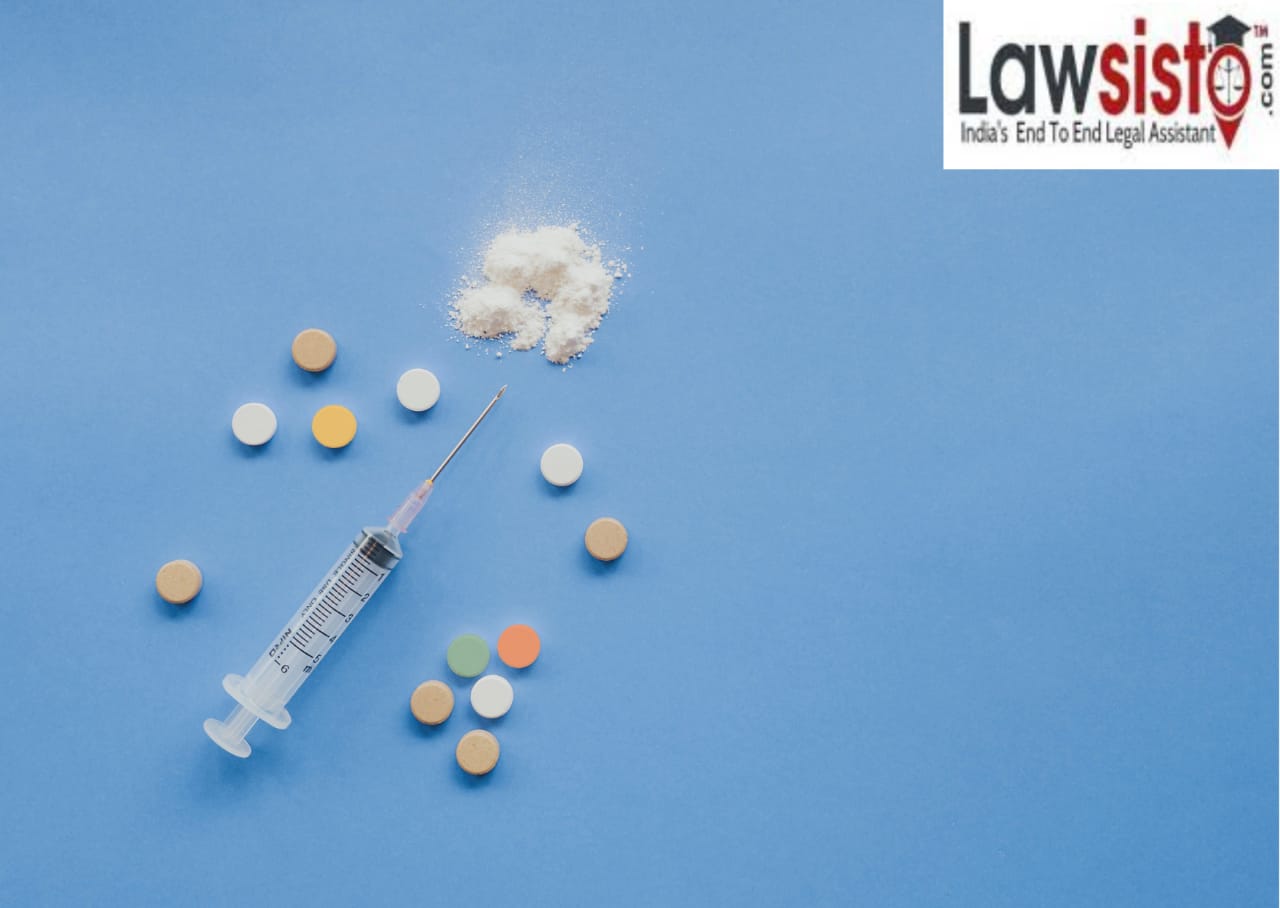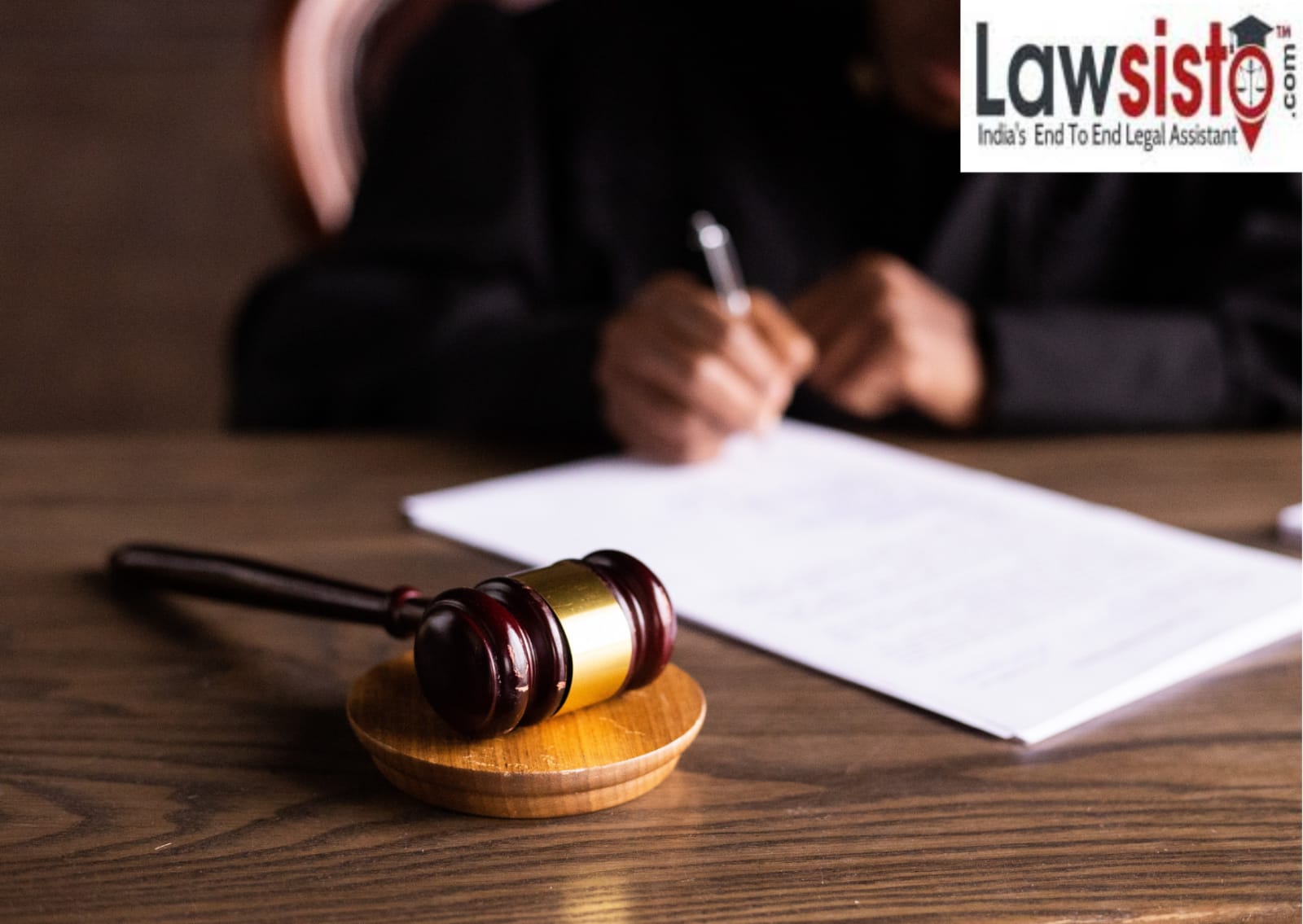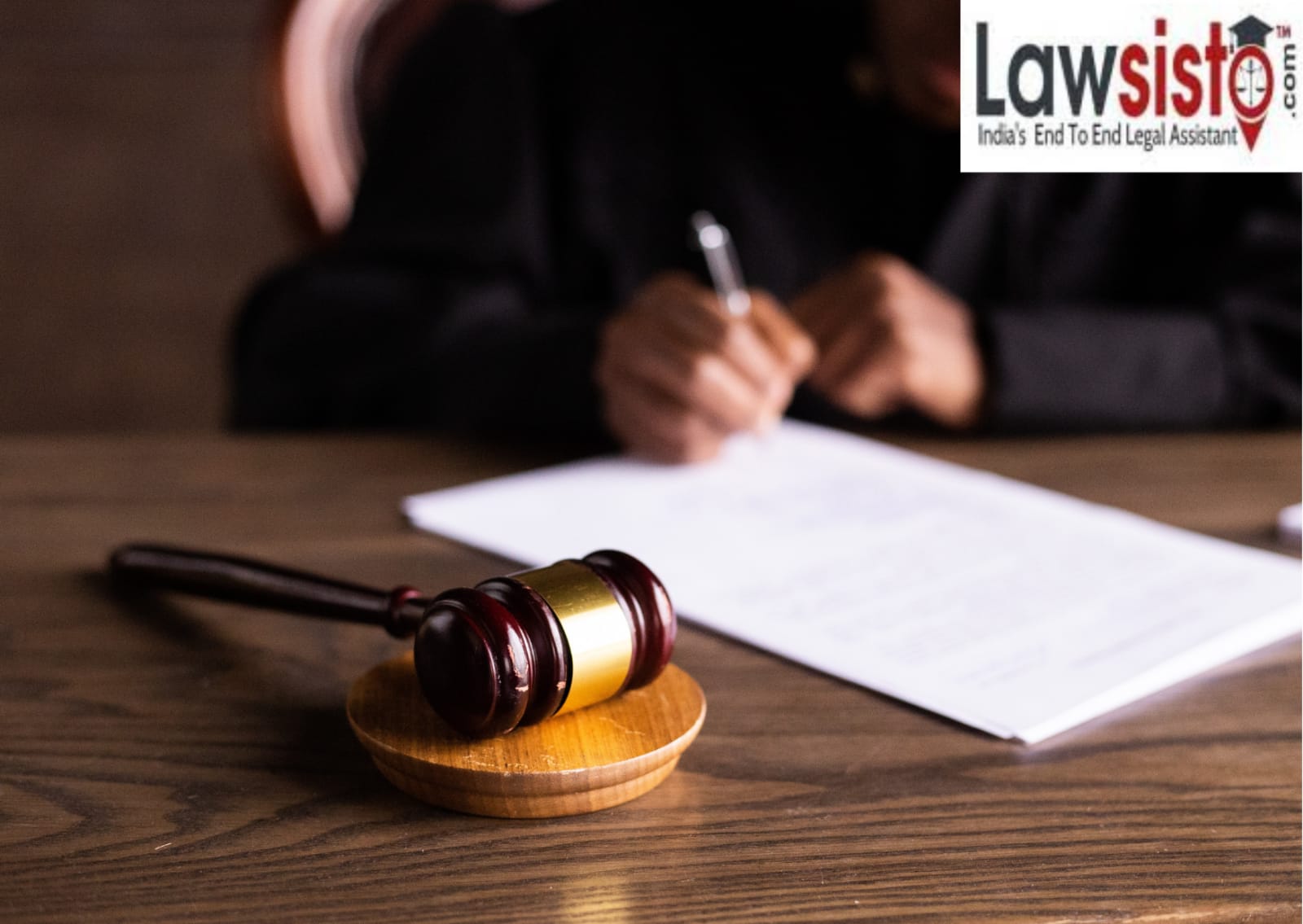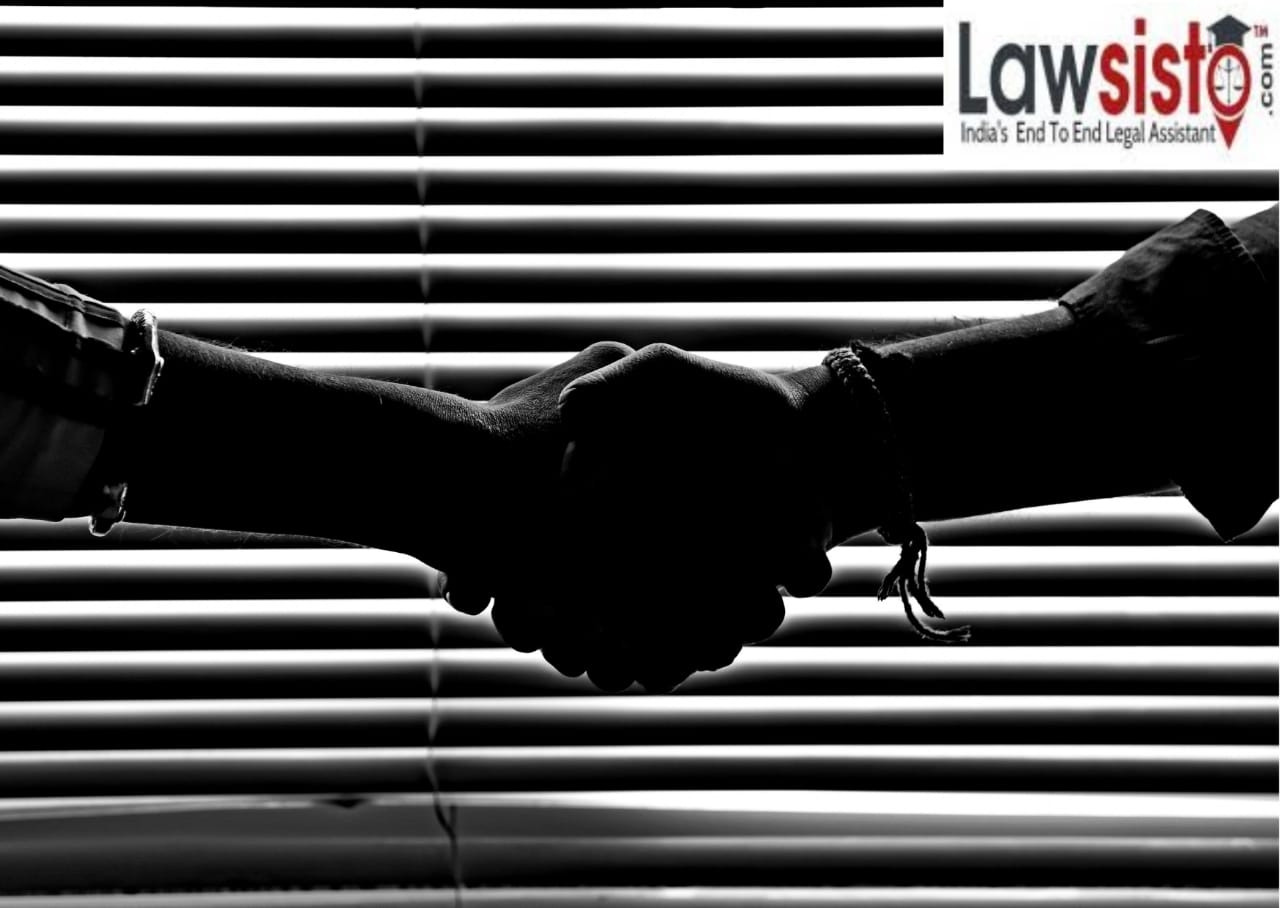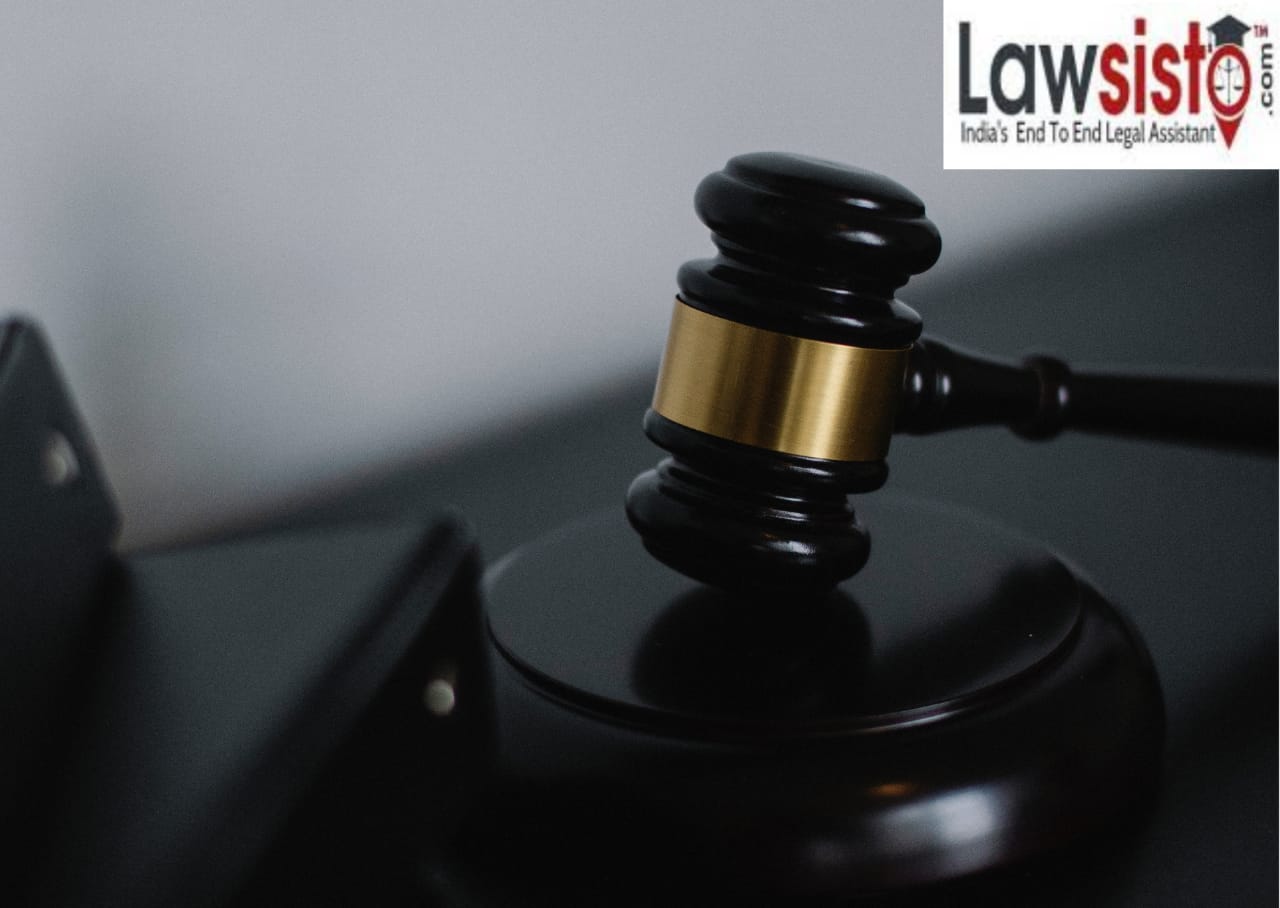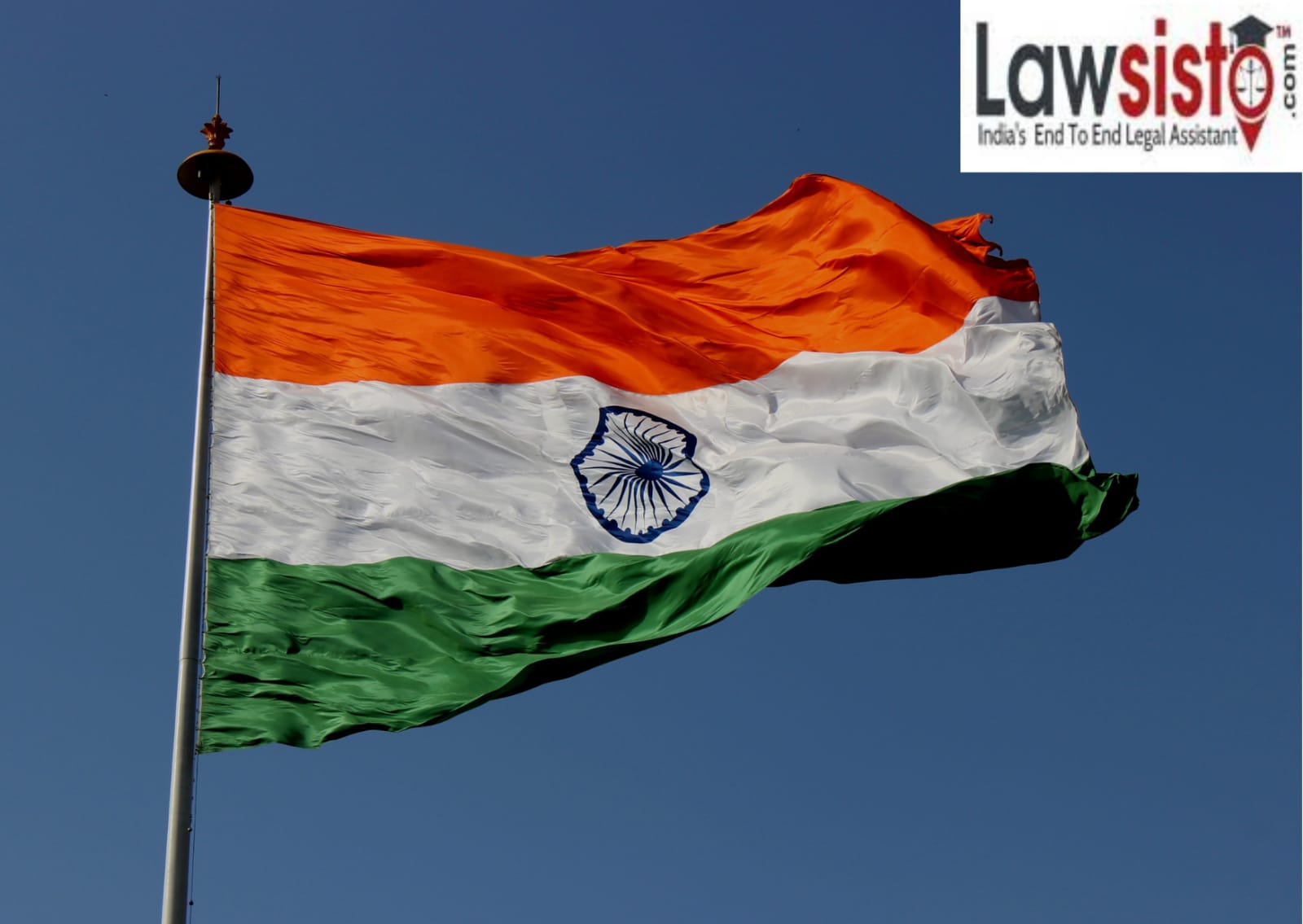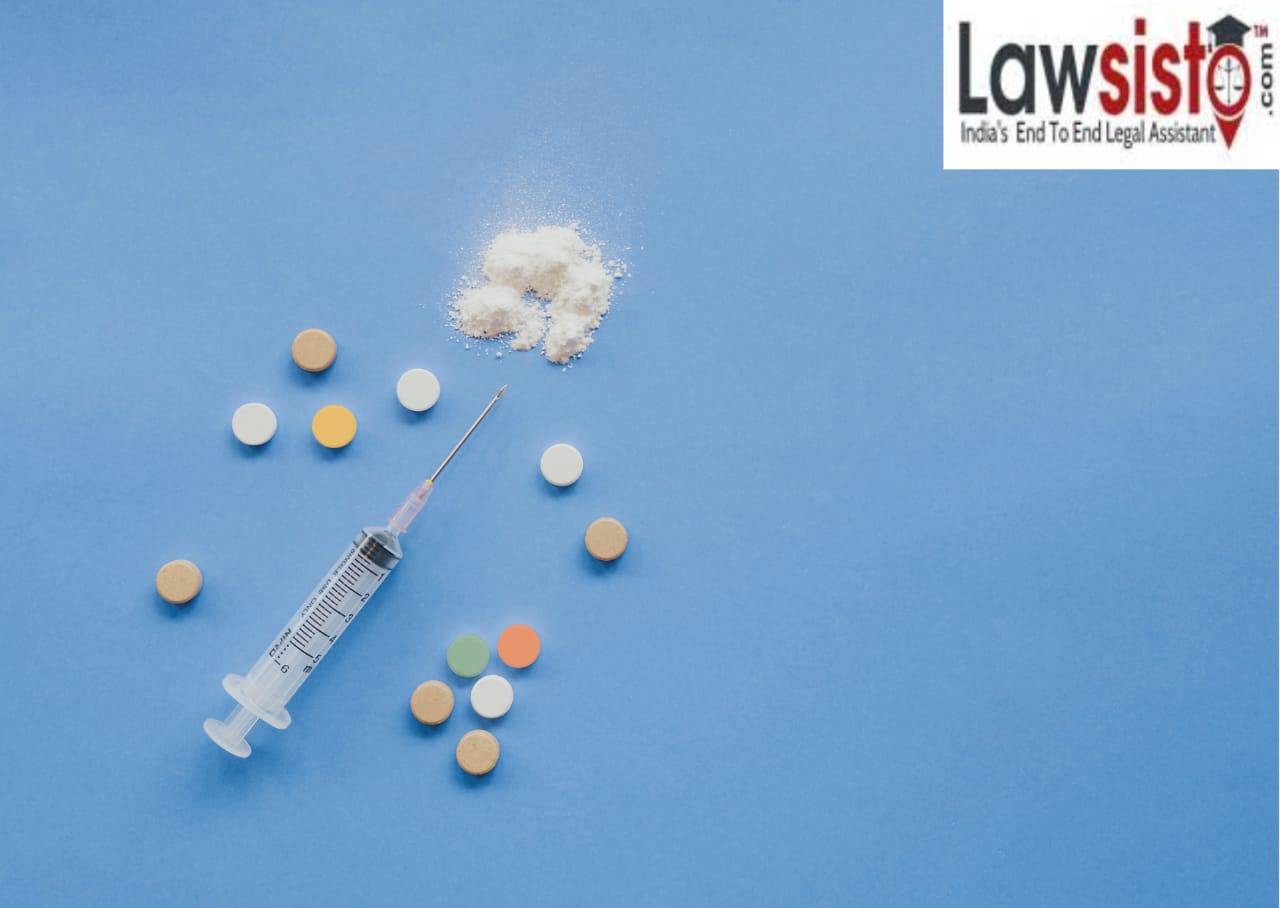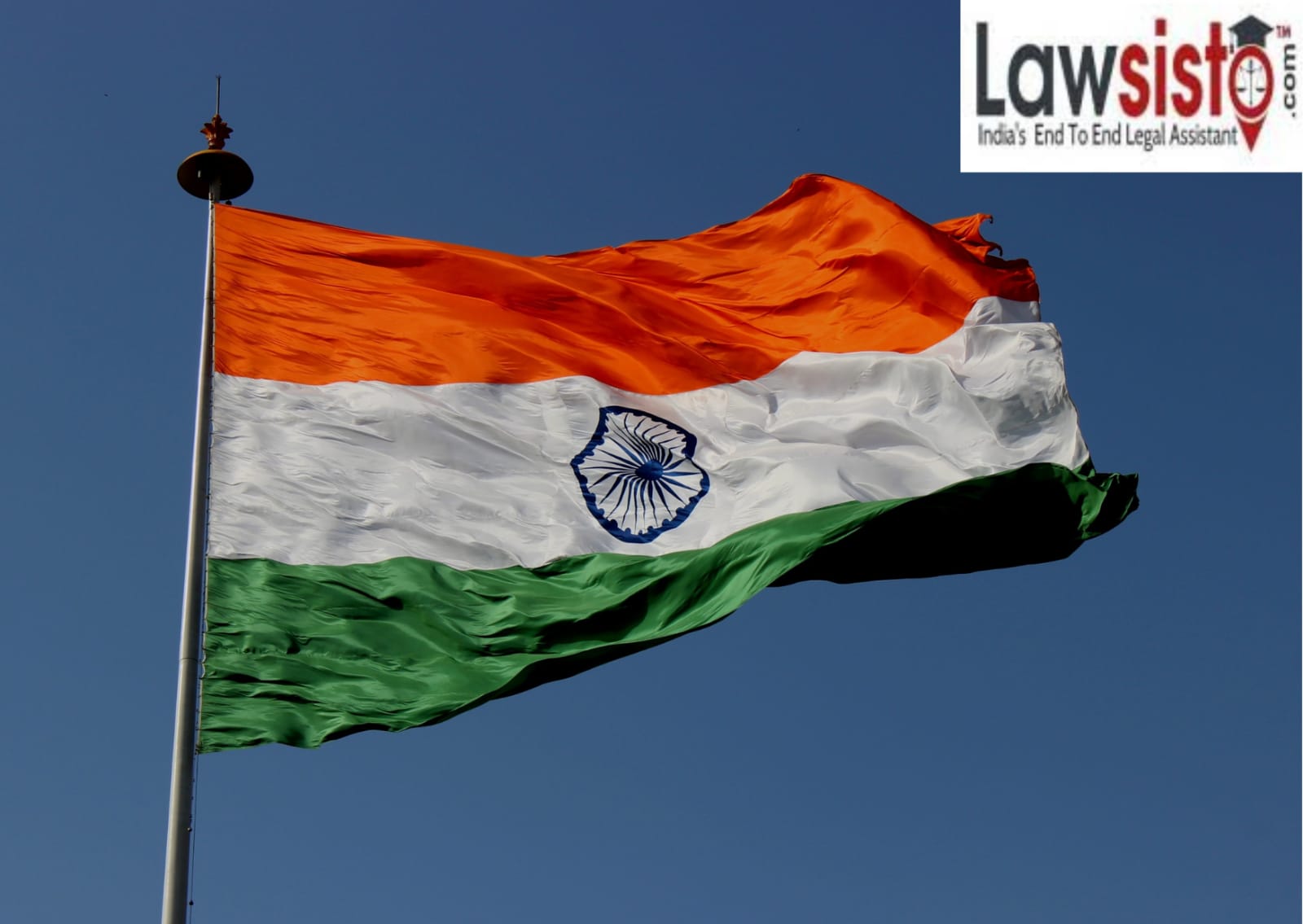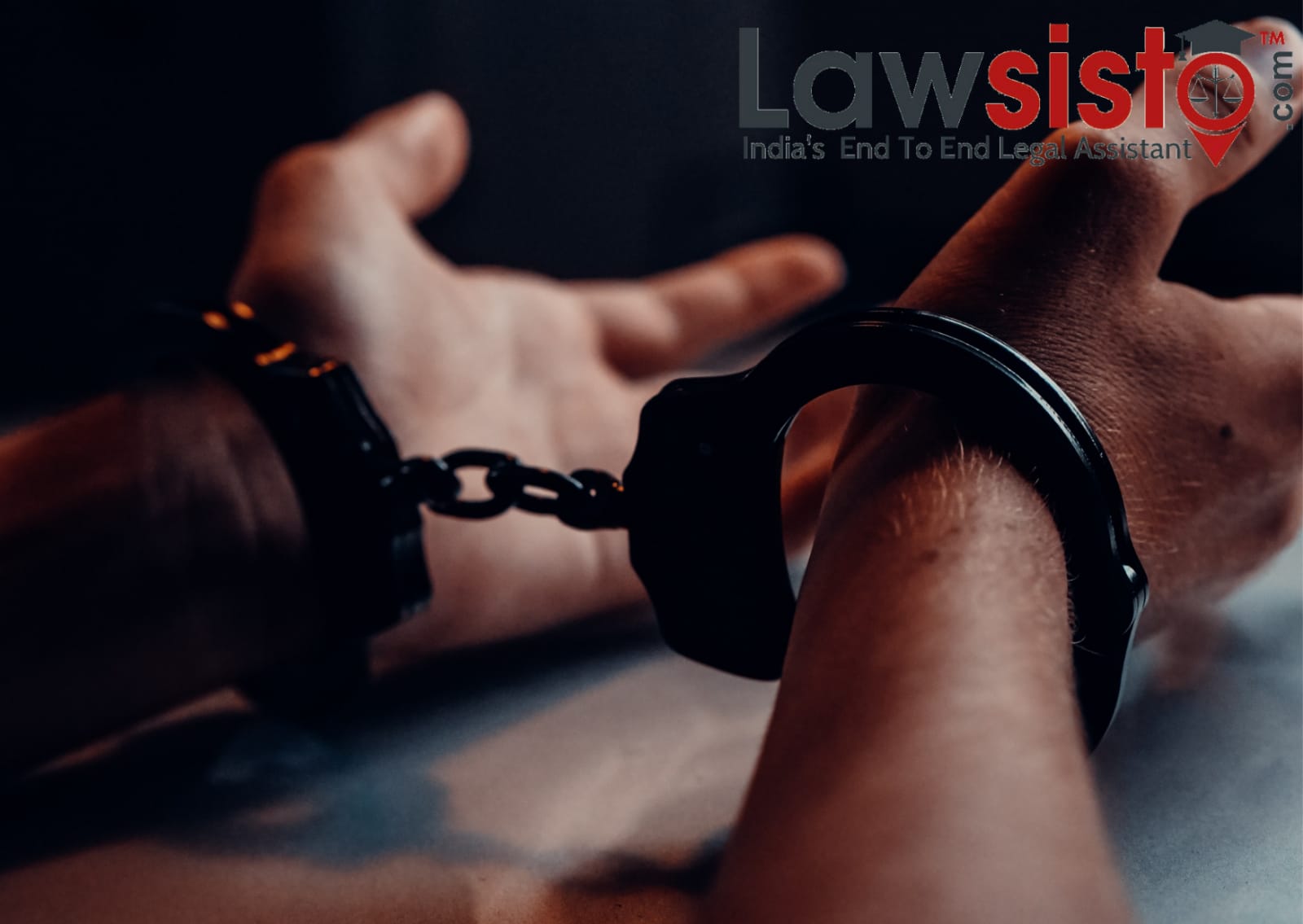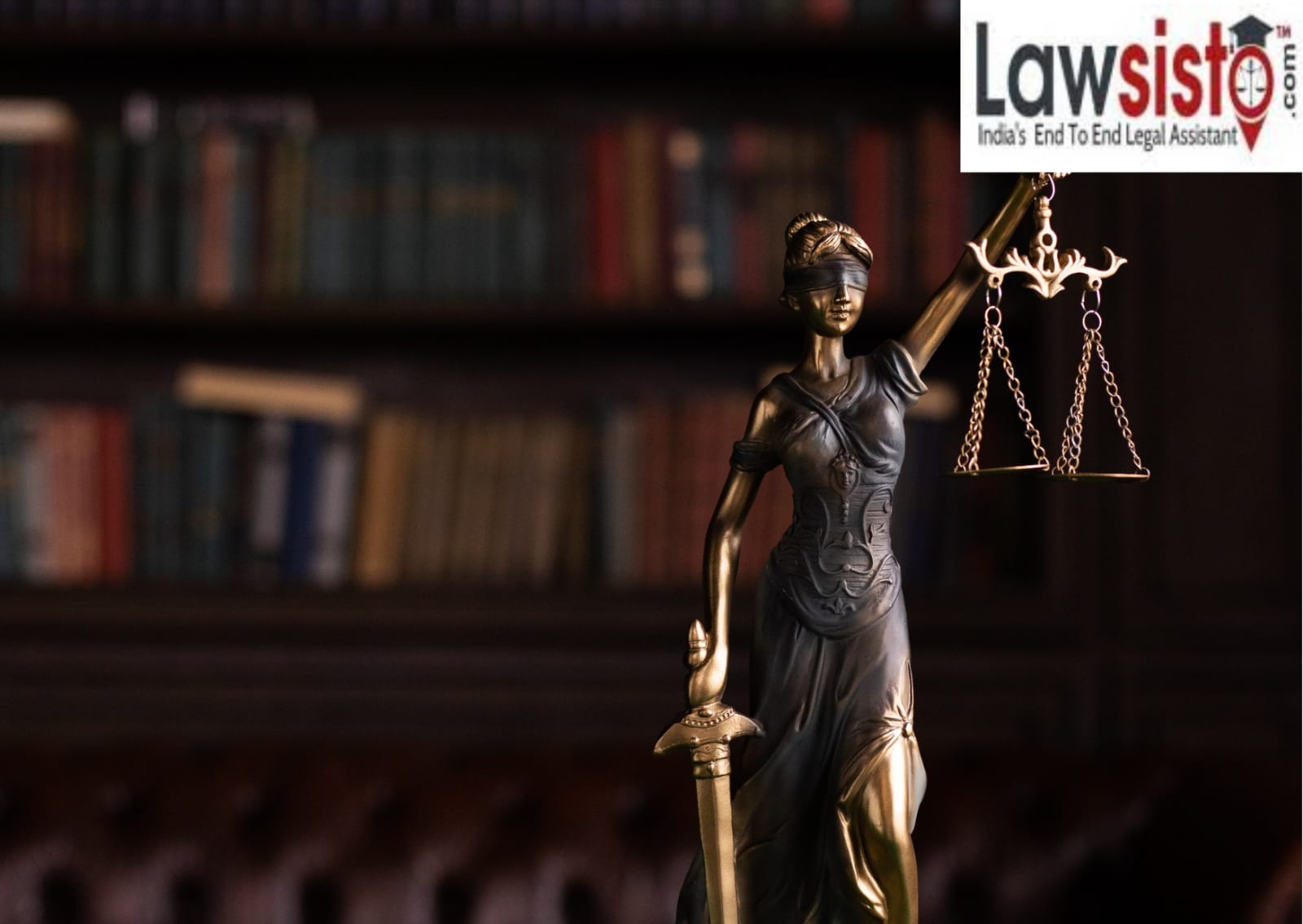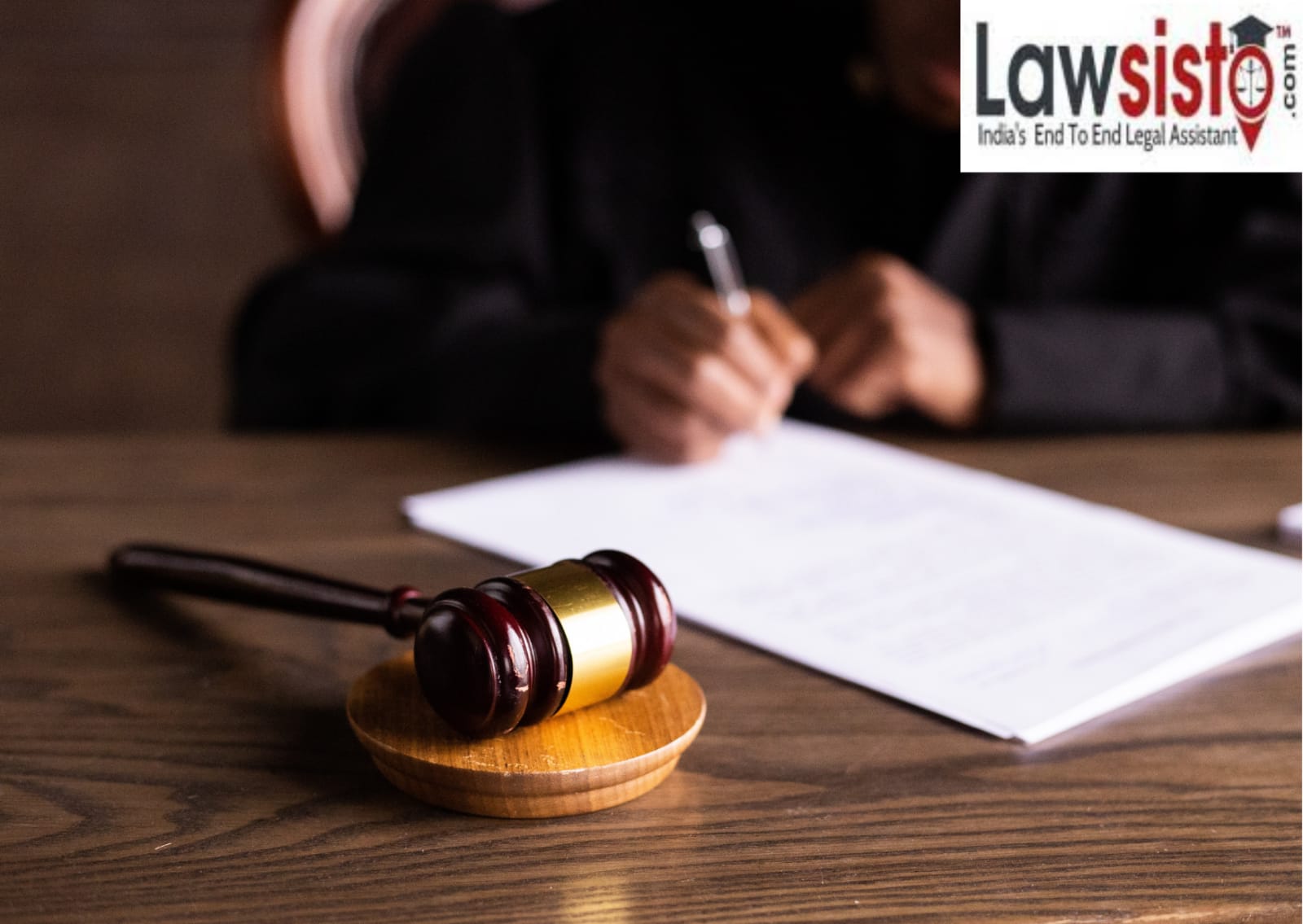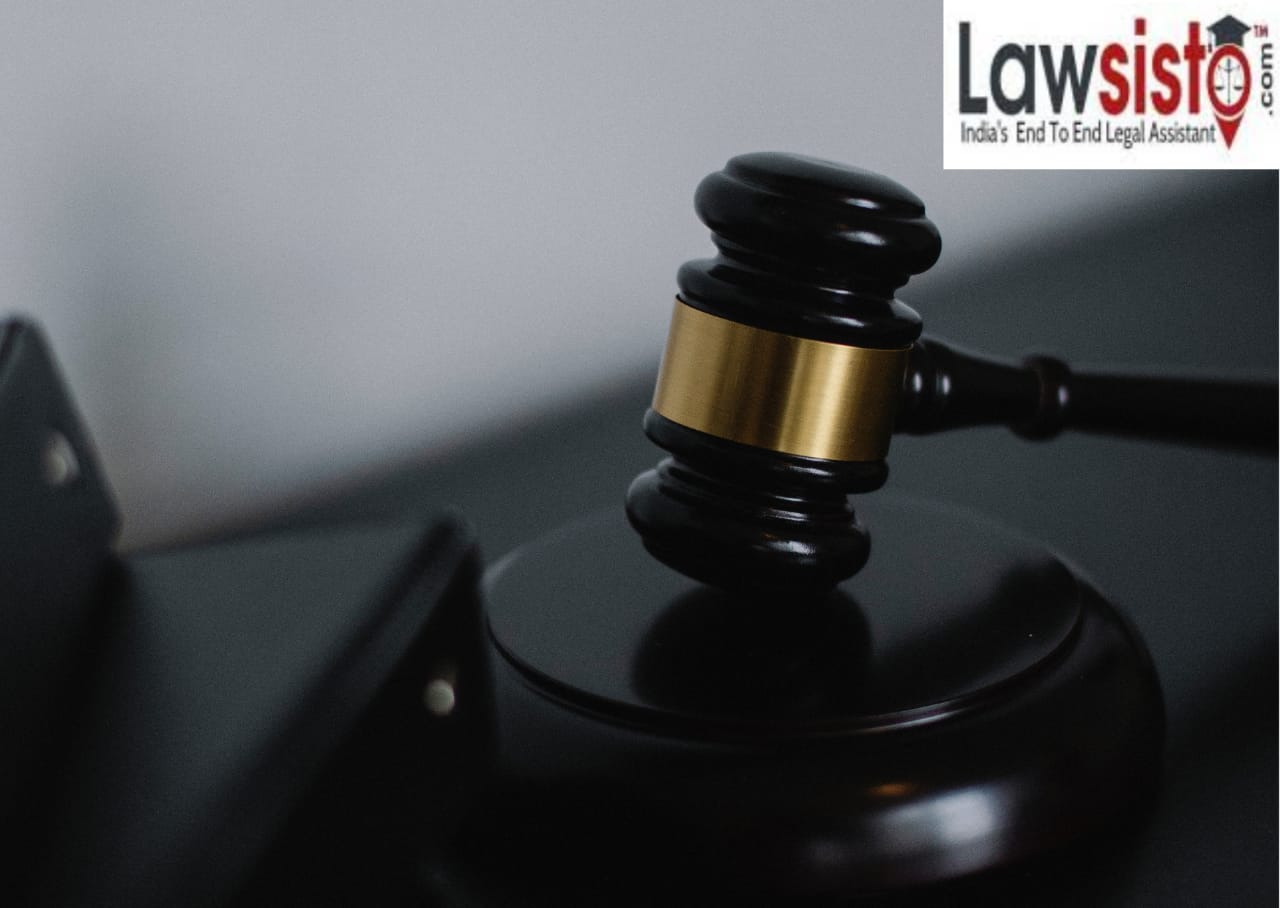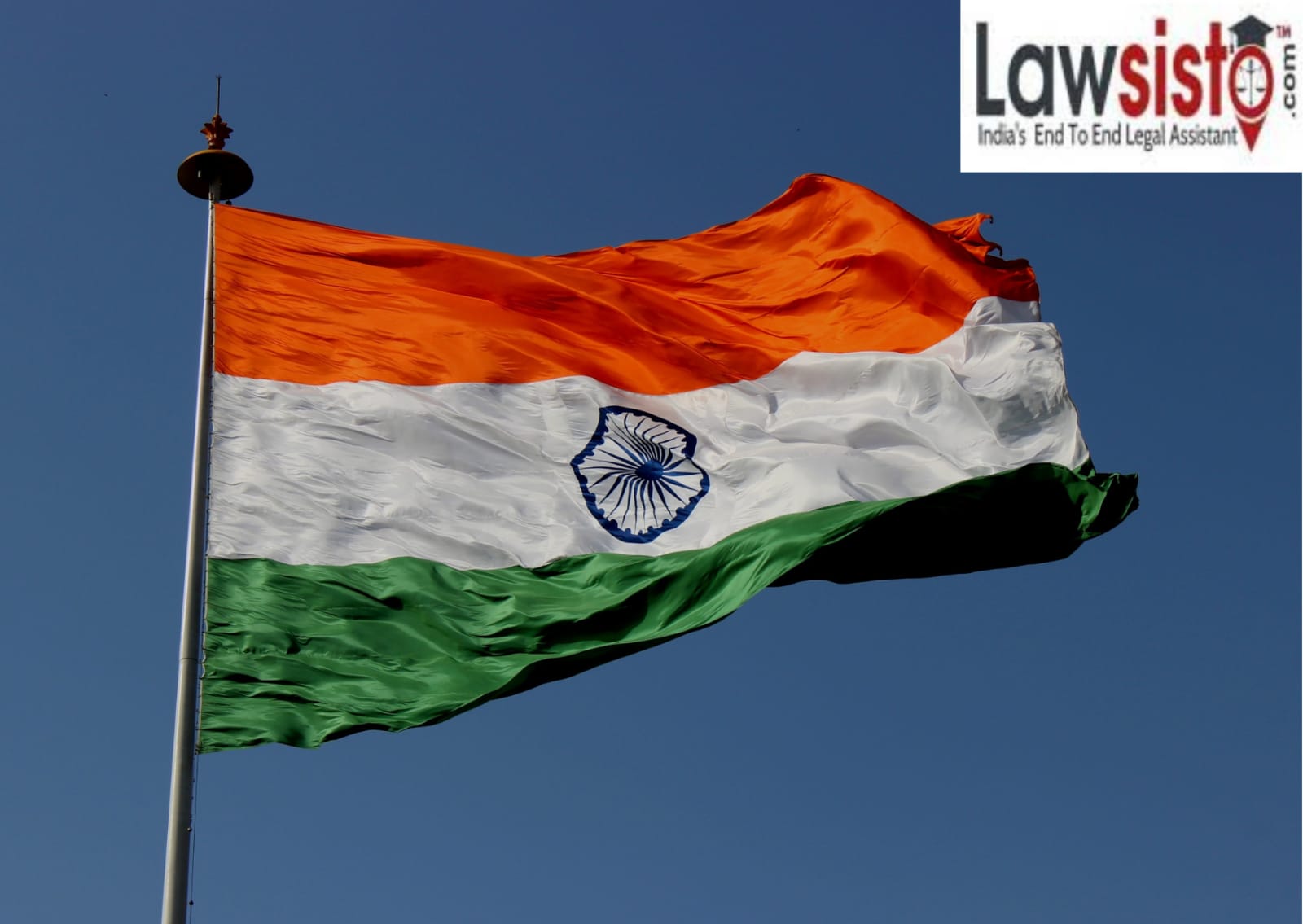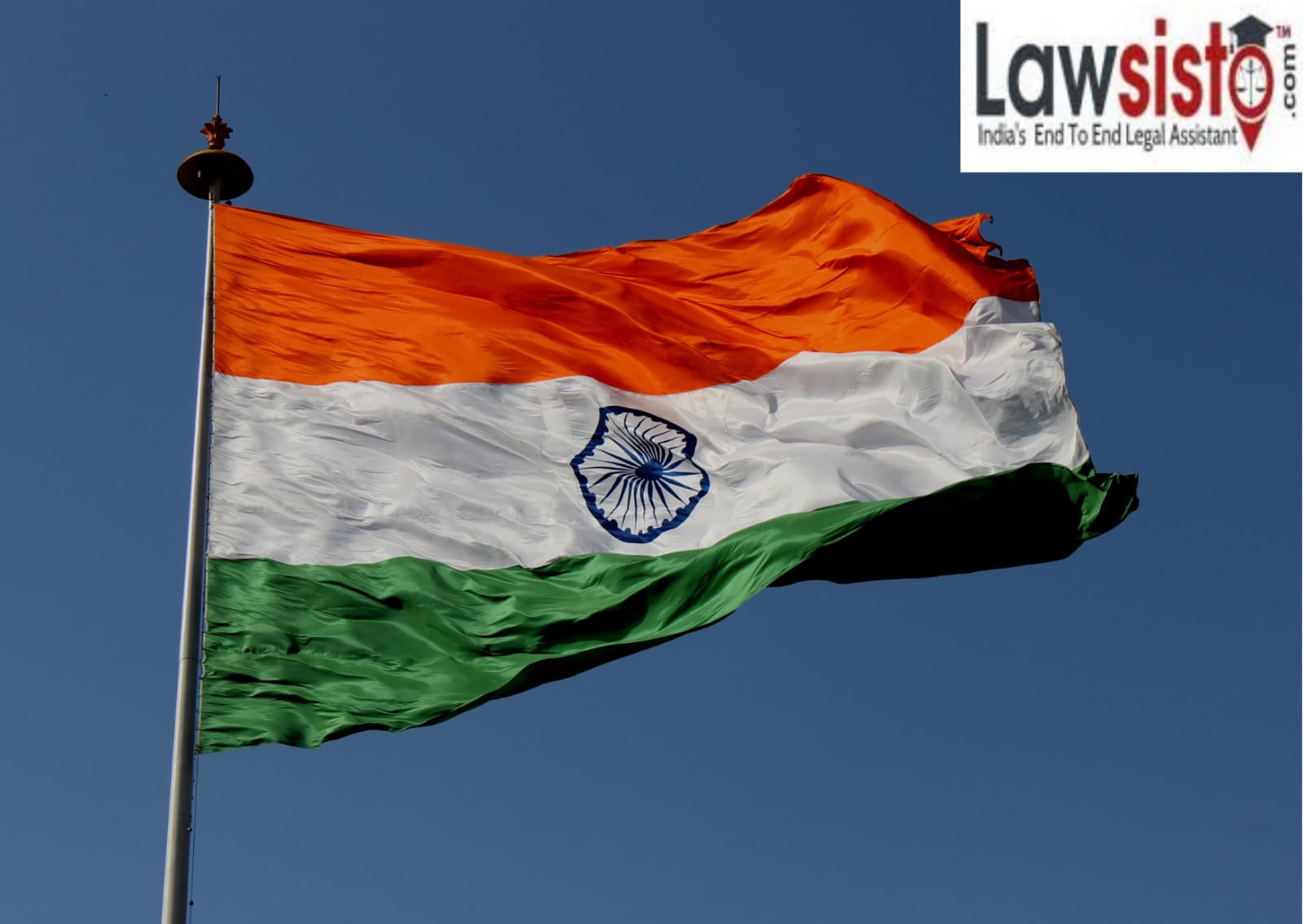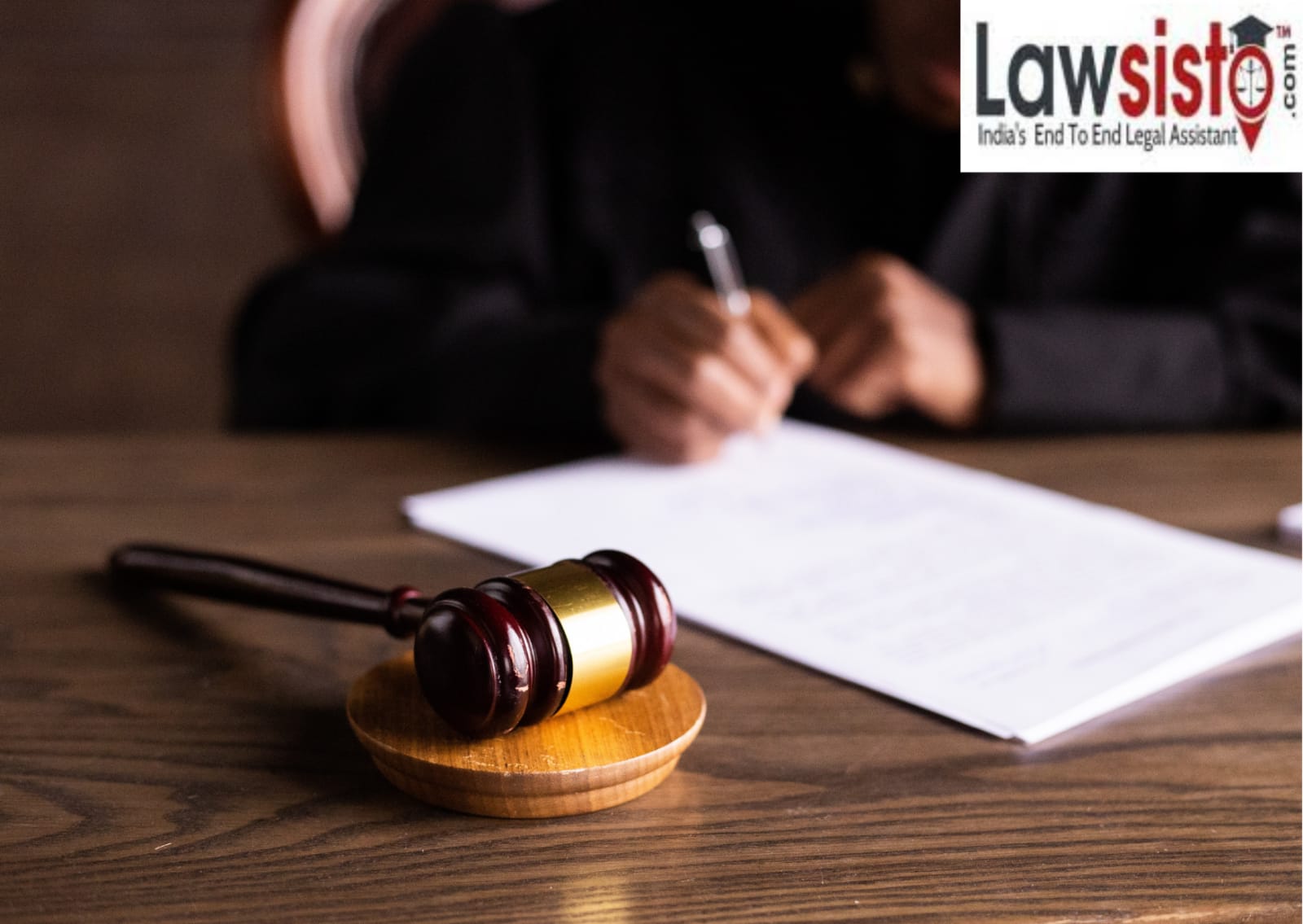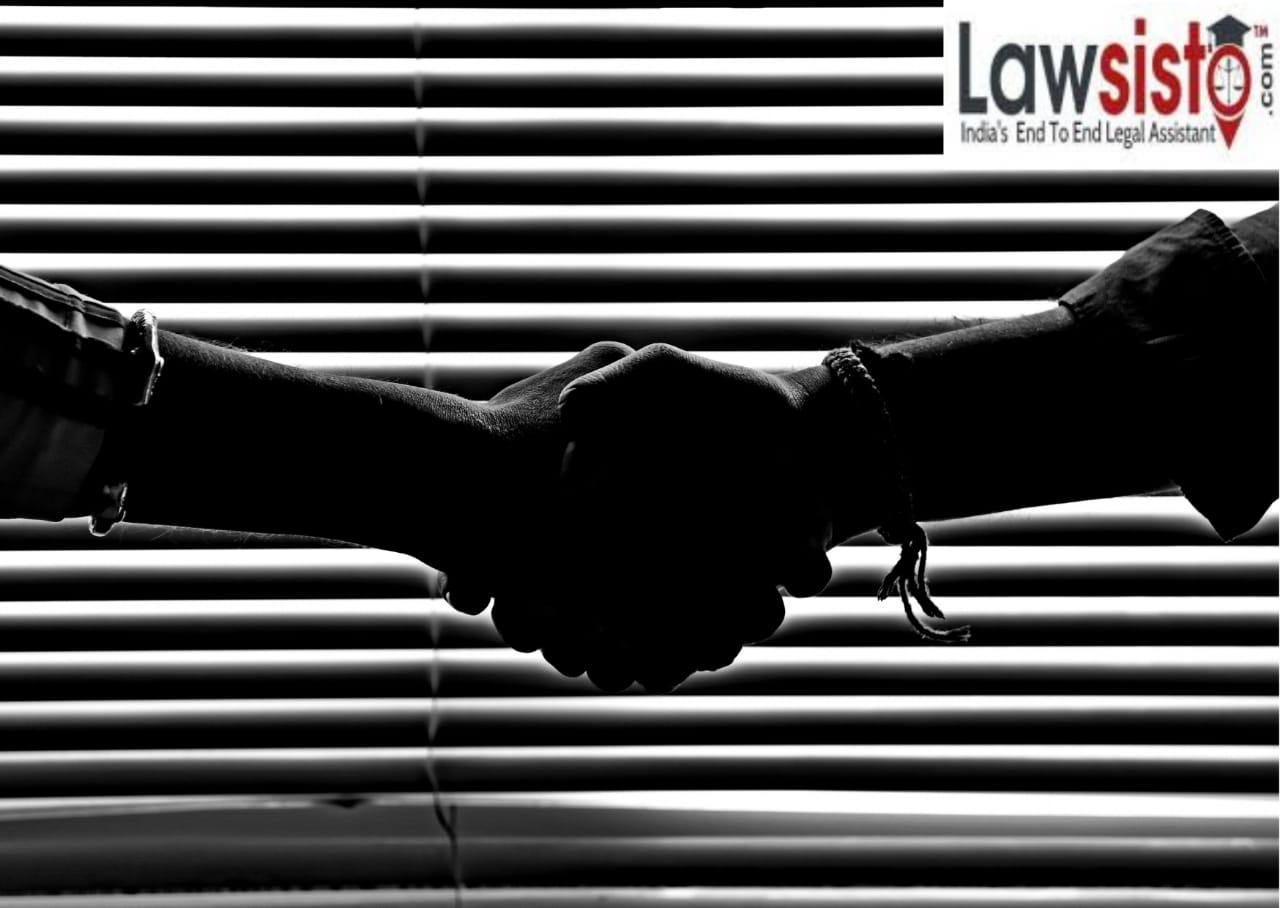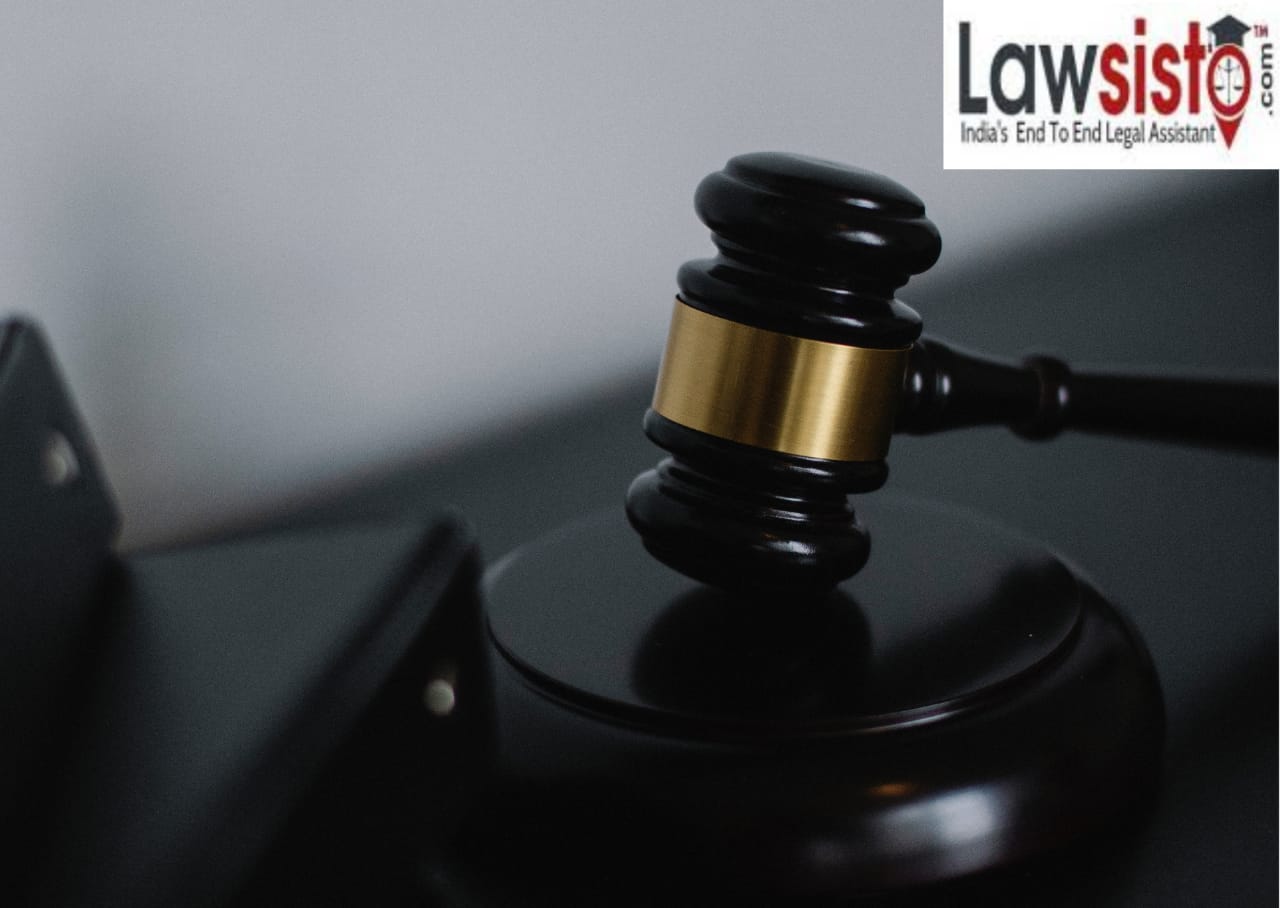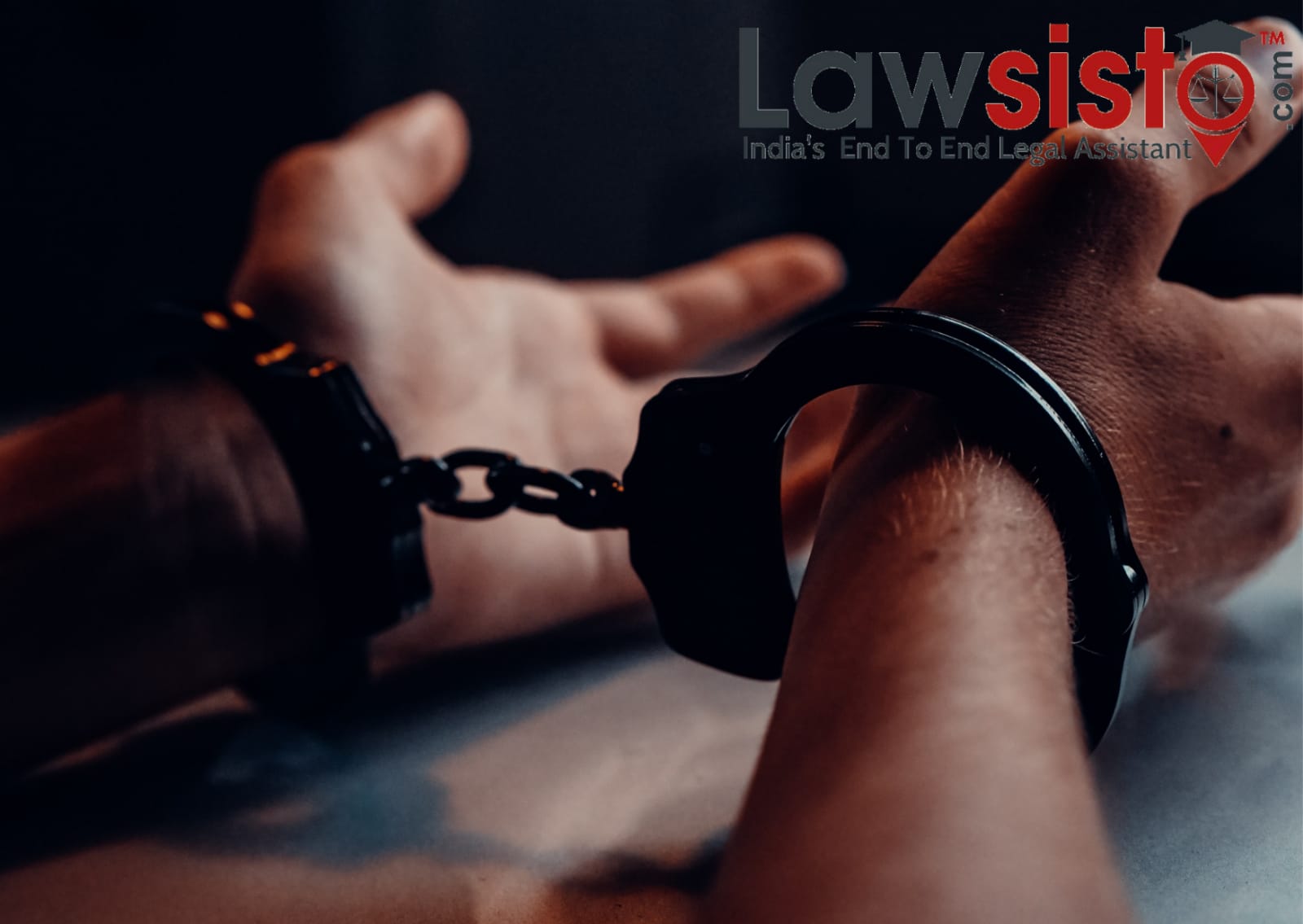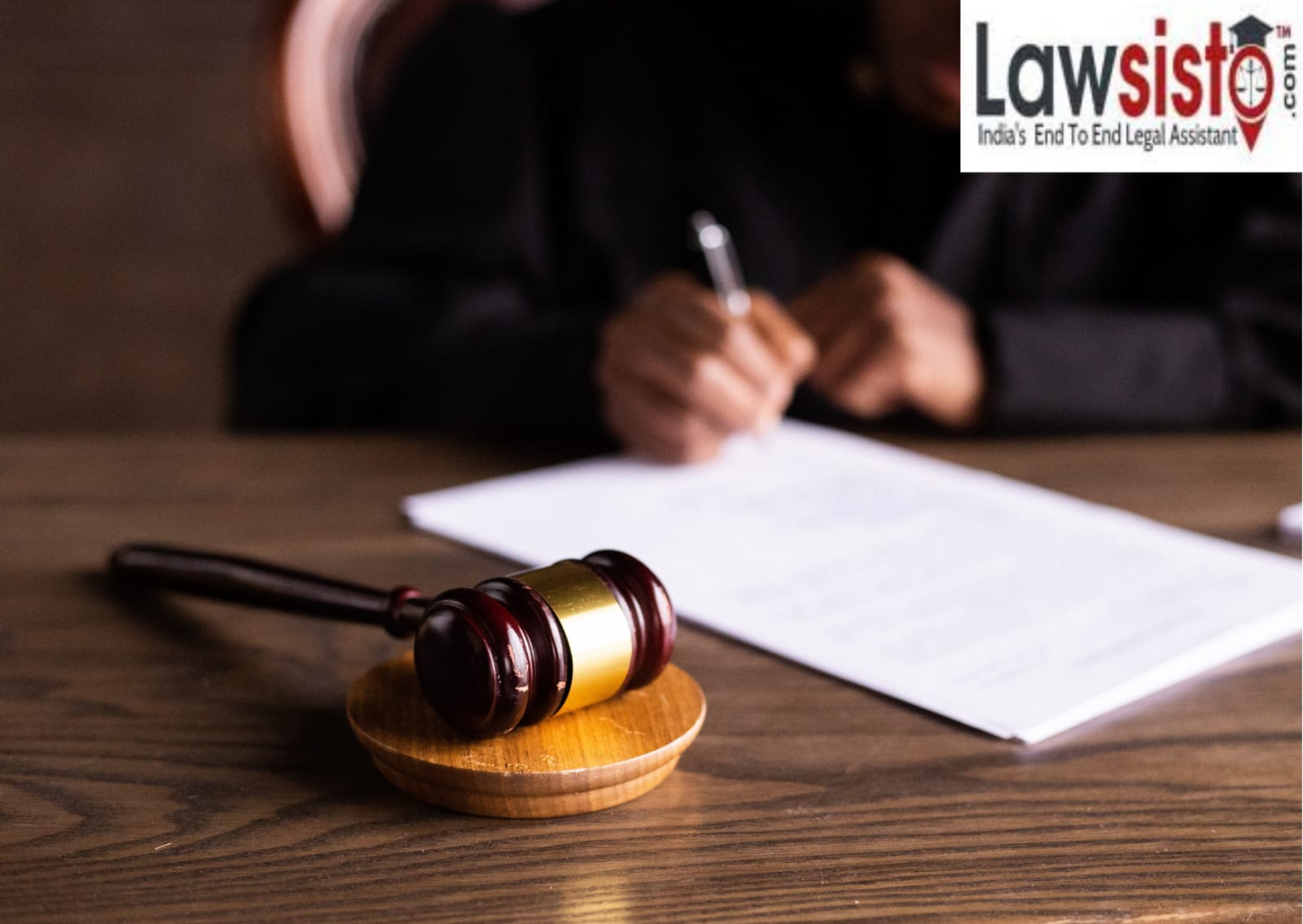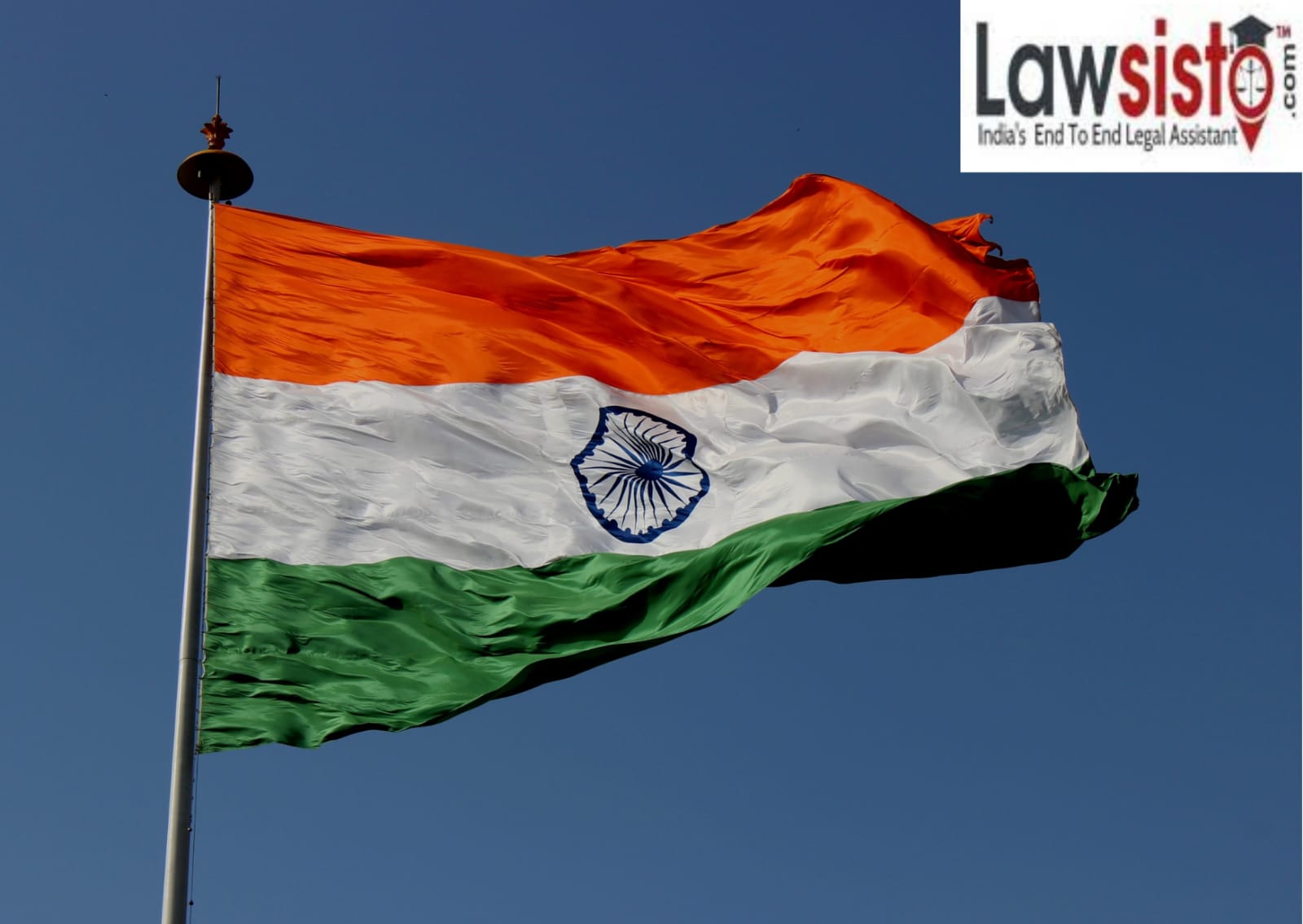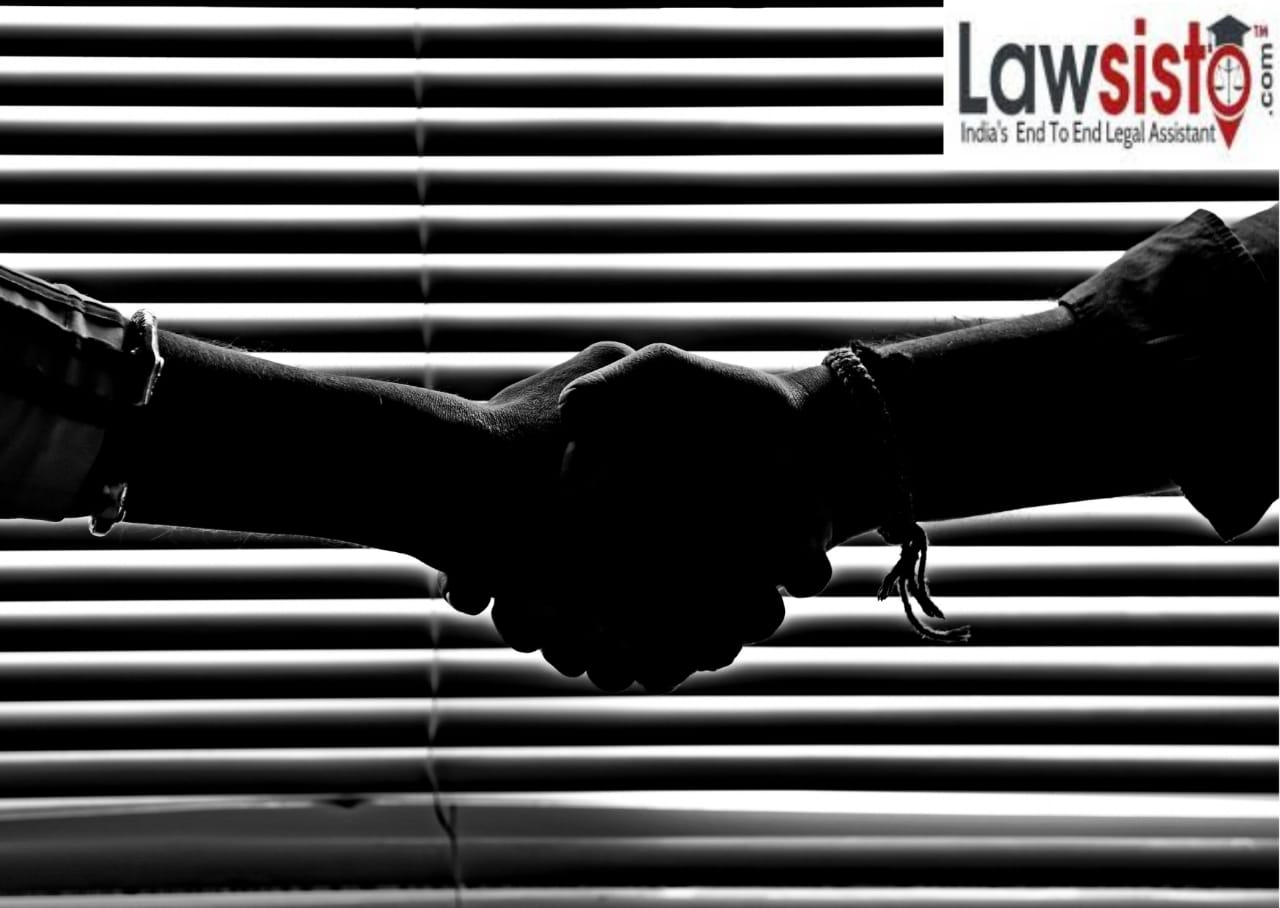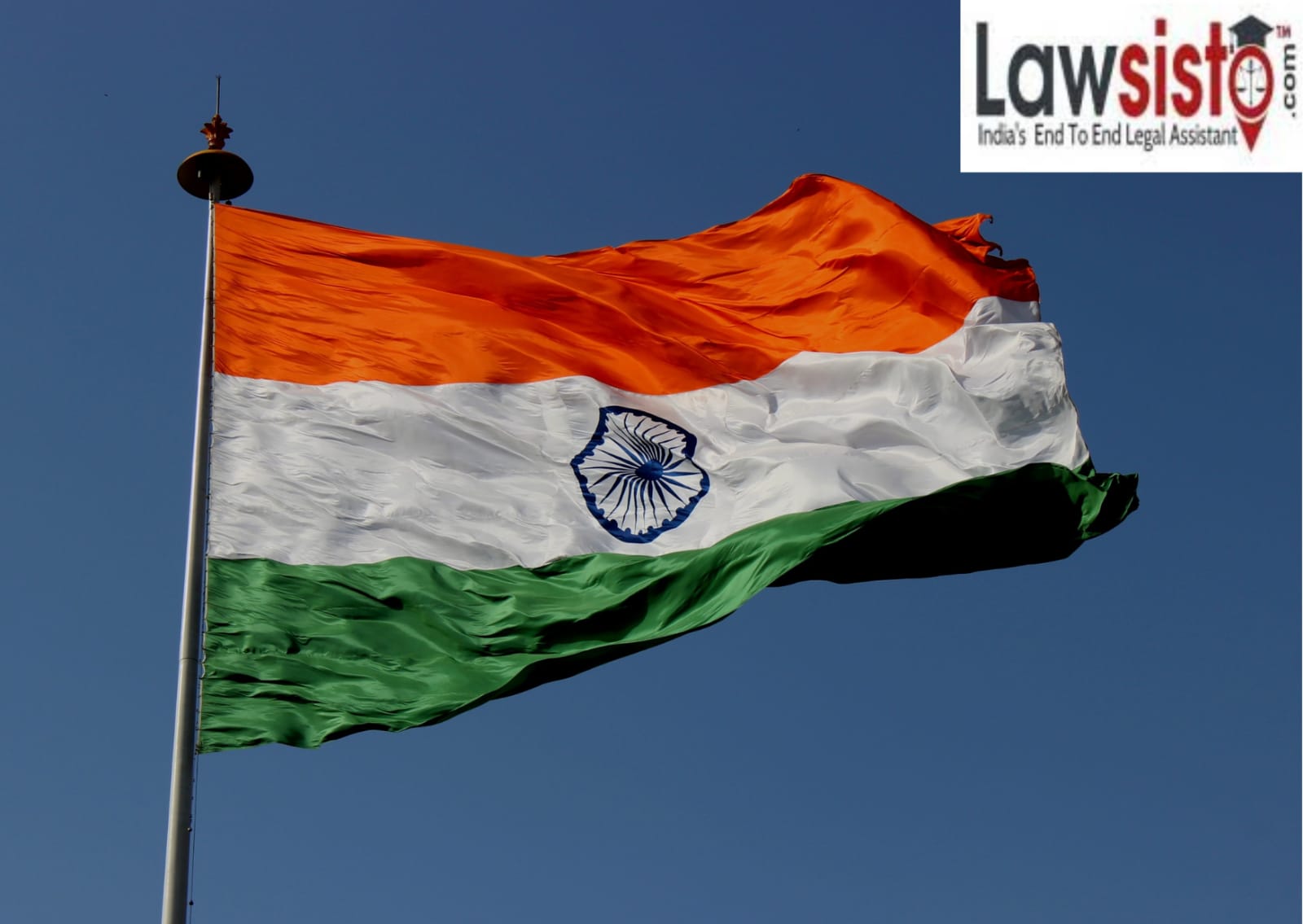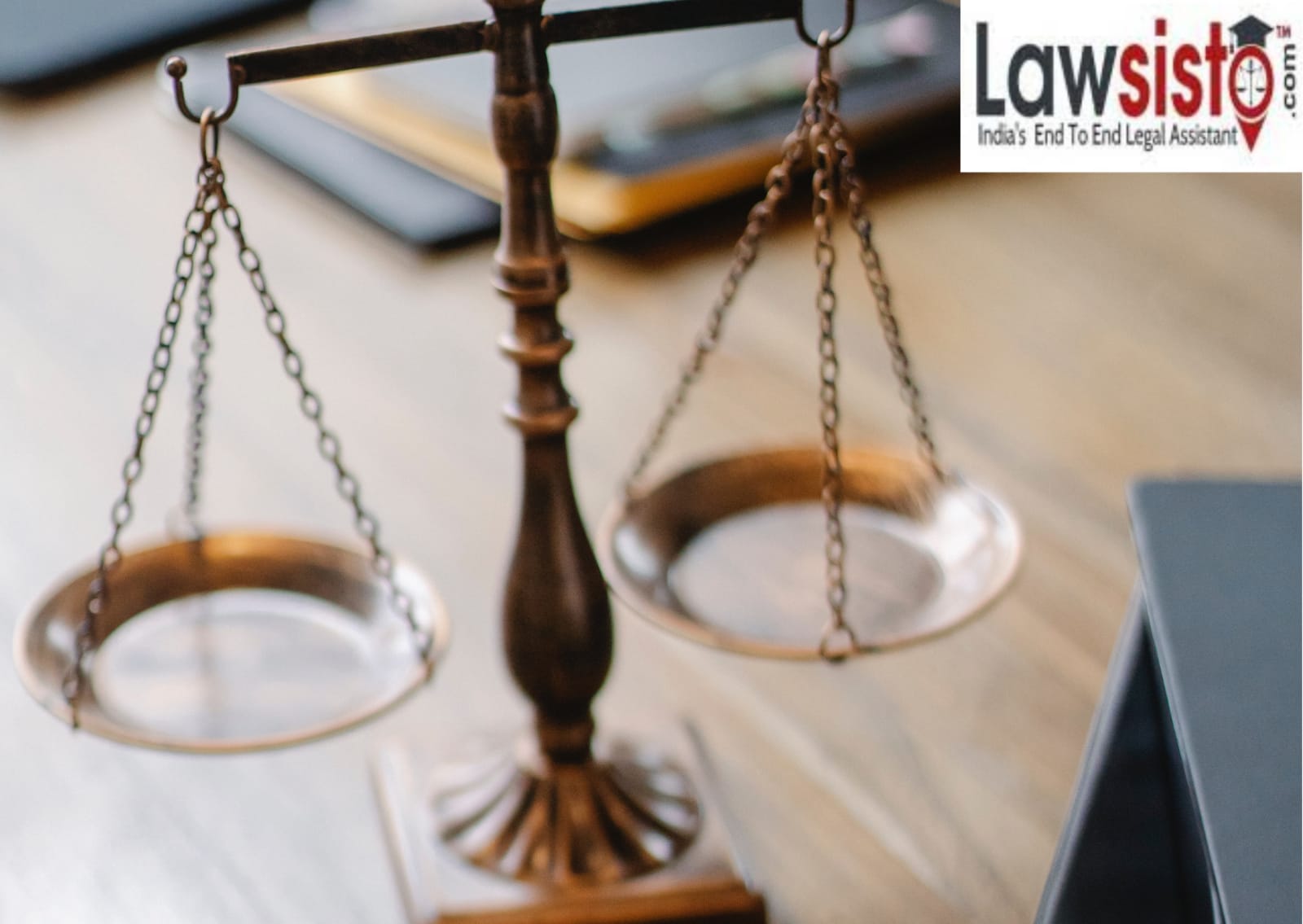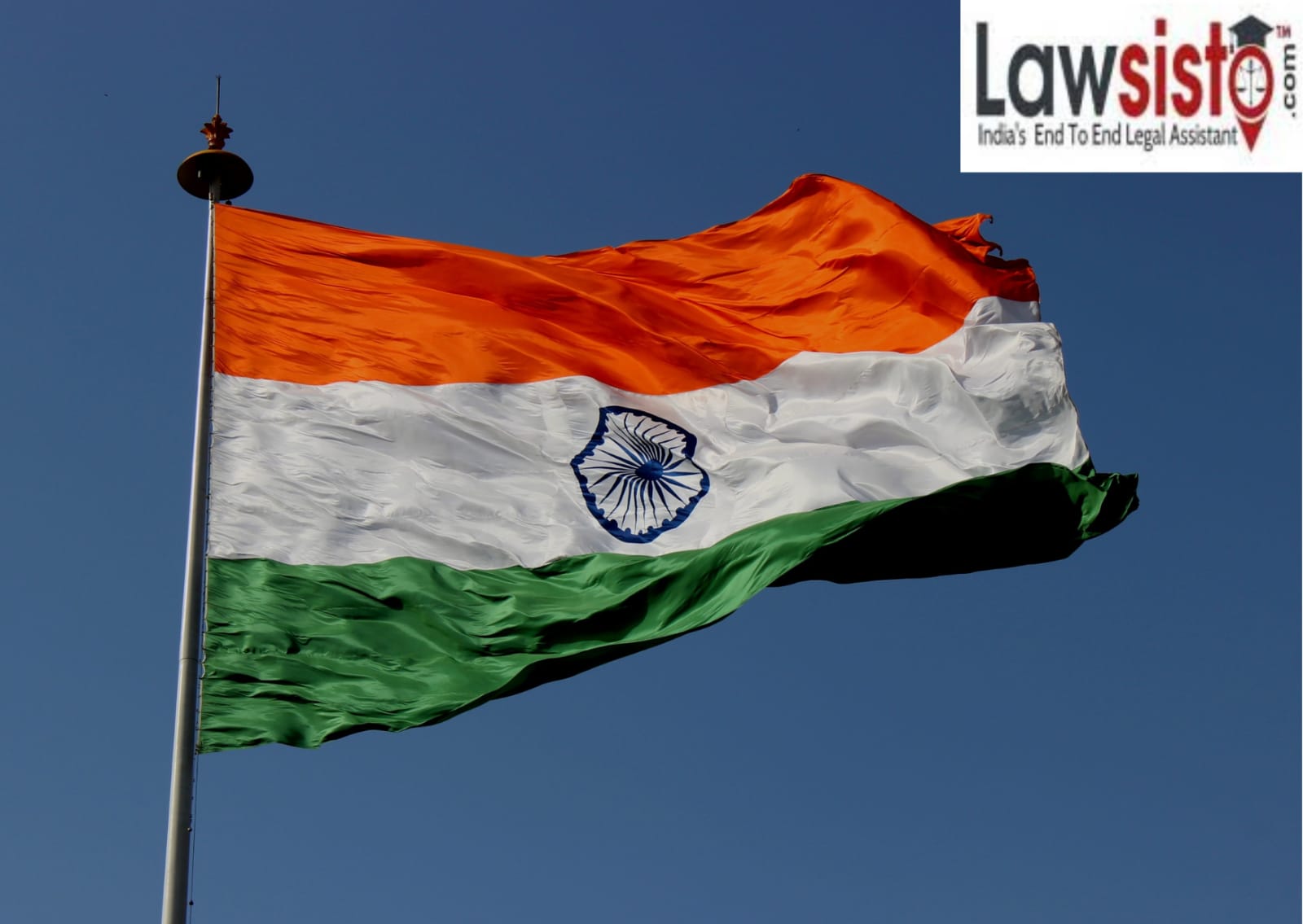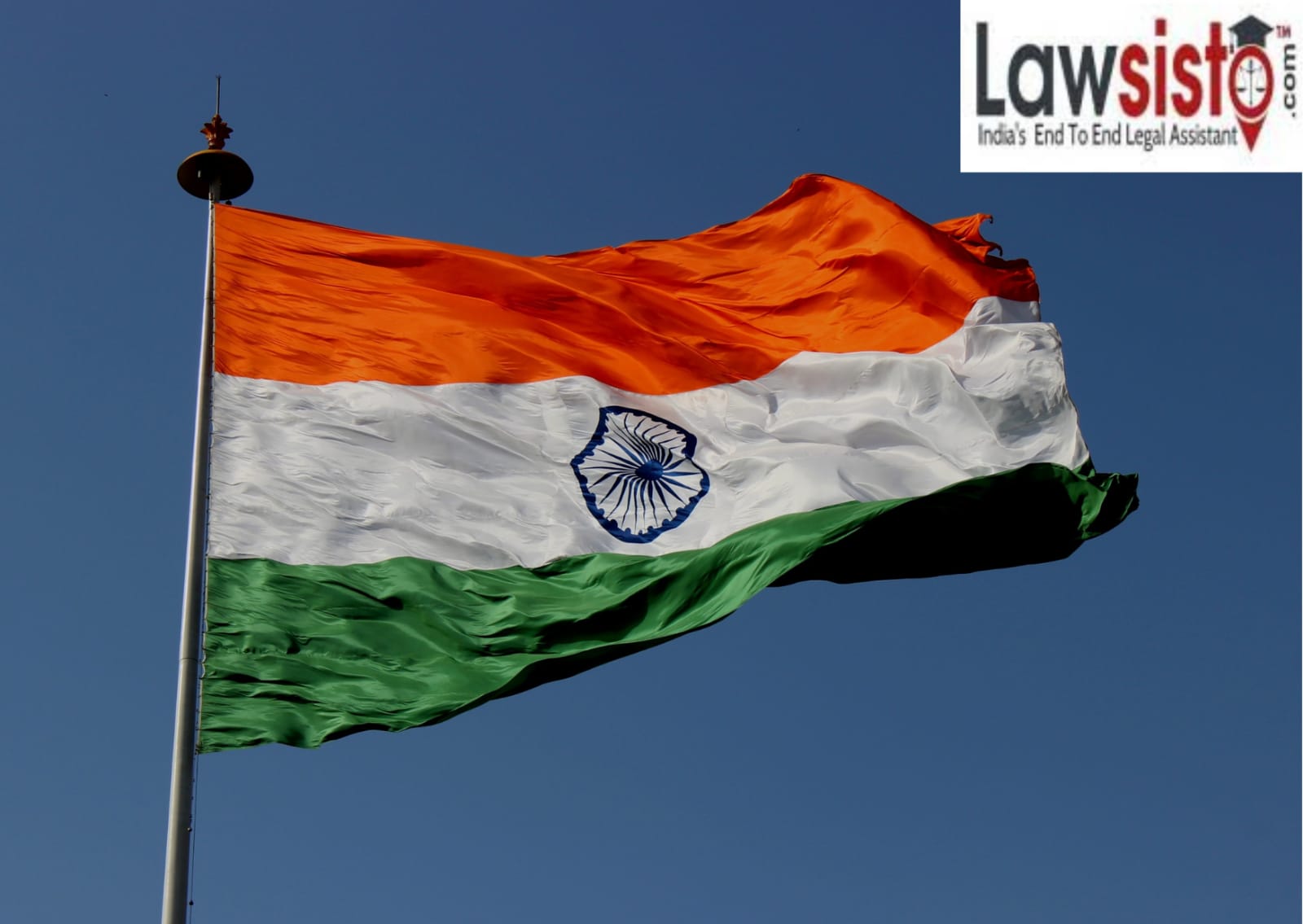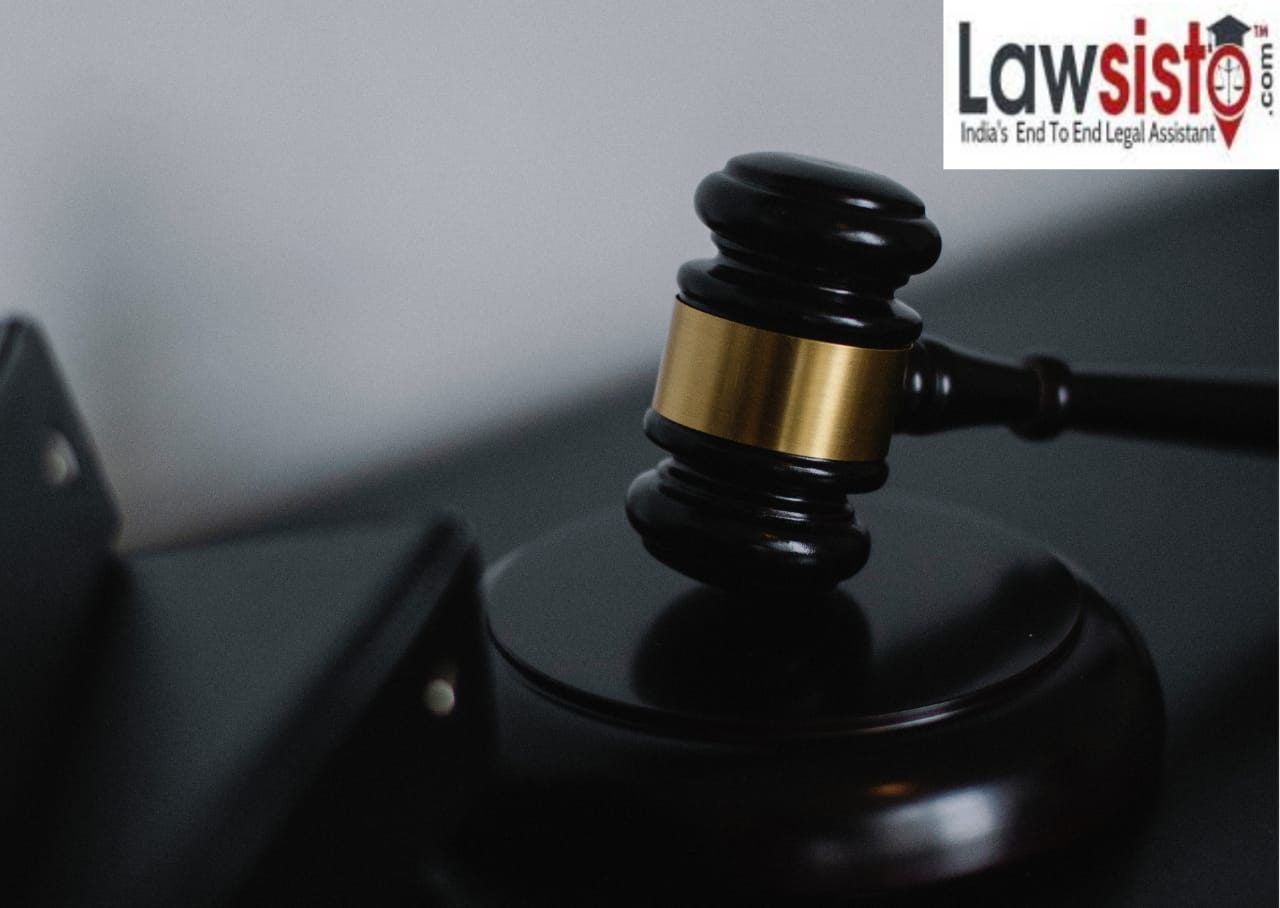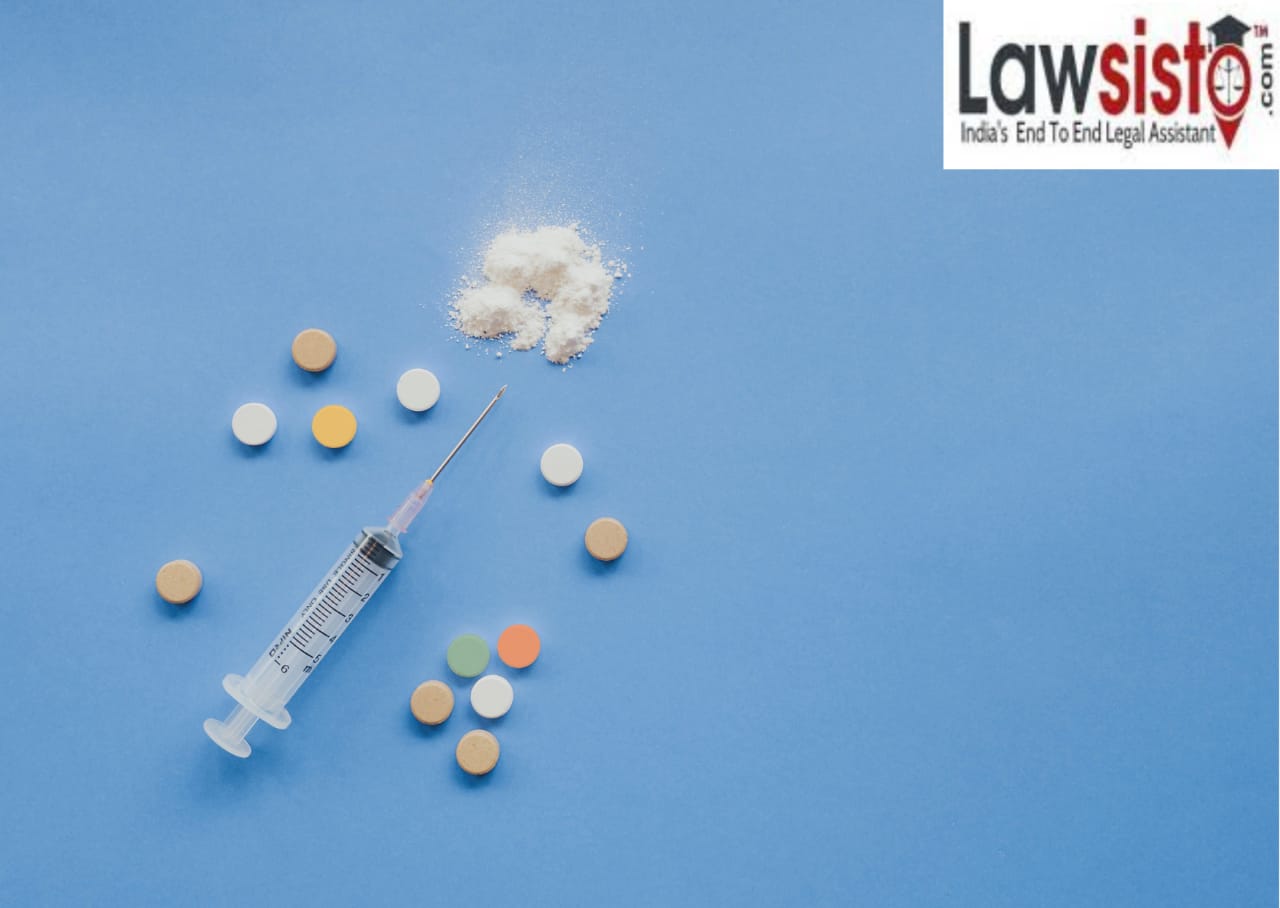Latest News
Cyber Defamation: Whether We have Effective Remedies?
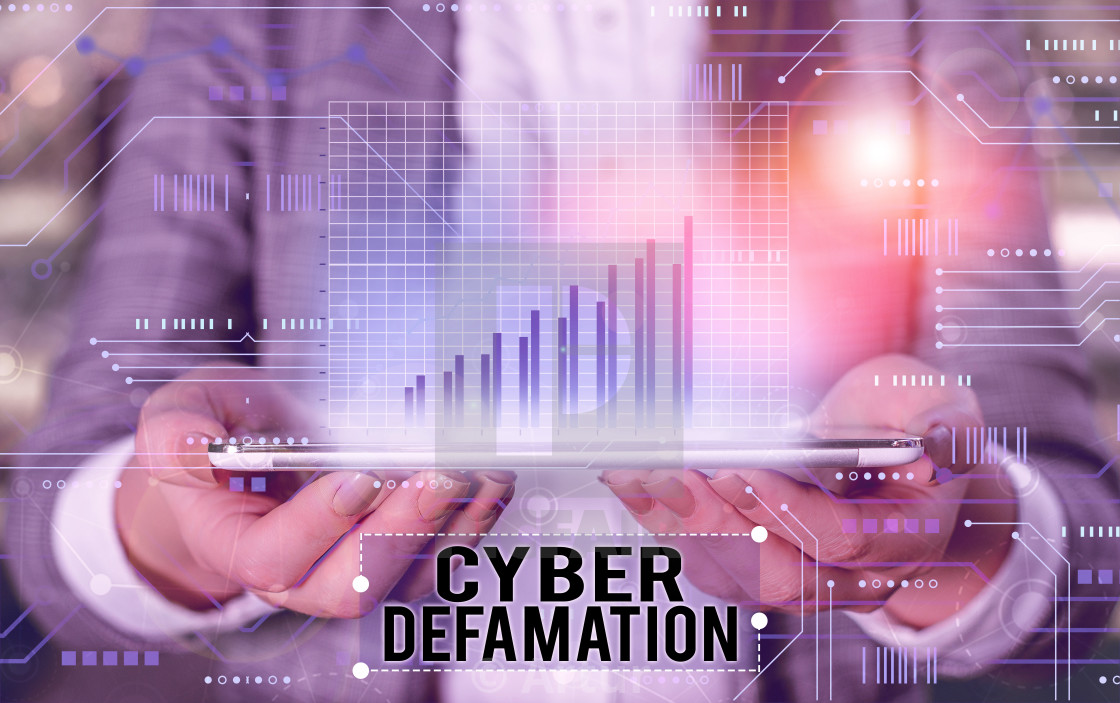
Due to the extensive coverage, instant communication, anonymity and impersonation, online defamation has presently become serious problem. The convenience with which the online defamation can be achieved by using any of the Digital Devices like Smartphone, Computer, and Laptop along with the comfort with which identity can be impersonated, the online defamation has become widespread to settle the personal score to damage the reputations of individuals, politicians & businesses. Transformation, Fake Video and Audio, the manipulations that have become simple as a result of using Artificial Intelligence (AI) and other modern technologies that also make their identification more difficult, will aggravate the impact of these imputations.
Defamation became a matter of concern. With the increase of so-called sharing or posting trends of information or pictures on and commenting on certain social networking sites, the risk of 'Cyber Defamation' has increased.
“Defamation”
Defamation can be interpreted as the unfair and deliberate publication of something about a individual, either in writing or verbally, to damage his image in society. The following necessary components must be fulfilled in order to deem a statement defamatory.
The false statement must be released which means coming to a third party's knowledge.
The statement clearly applies only to the plaintiff
There must be a defamatory nature of the statement.
Defamation is generally of two types:
Libel- A defamatory statement that is published in a written form.
Slander – A spoken defamatory statement that signifies a verbal form of defamation.
Cyber Defamation
The word 'cyber defamation' literally means publishing false allegations about an individual in cyberspace that can harm or belittle that individual's credibility. In India, defamation can be considered both a civil and a criminal offence, and the Indian judiciary provides legal remedies for the victims. Such an imputation must be made using electronic devices as provided for in section 2(1)(ha) of the Information Technology Act (IT) , 2000.
Cyber defamation is a novel concept, but the traditional definition of the term defamation applies to cyber defamation because it includes a person's defamation through a current and a digital means. Cyber defamation is the use of computers and the internet to publicly release untrue statement against an individual.
Cyber Defamation was committed as a criminal & cognizable offense in section 66A of the Information Technology (IT) Act, 2000, that has now been found unconstitutional by the Supreme Court in the case of Shreya Singhal v Union of India in which the Supreme Court observed that damage to public image is a primary requirement for it to be defamatory.
Section 66A does not include reputational damage. Anything may be extremely offensive and could be annoying or unpleasant to others without harming his credibility at all. Therefore it is obvious that section 66A is not at all directed to defamatory comments.
According to section 499 of the Indian Penal Code (IPC), the remedies are available for suing the publisher of such defamatory content as a criminal offence, and the damages for defamation may also be sought by bringing suit for damages.
The defamation through online medium falls into the category of Libel as electronic records are referred as documents, whether written text, audio or video files. In the case of Dharambir Vs Central Bureau of Investigation, the Delhi High Court noted that 'Given the specific meaning of the terms records and evidence in the amended section 3 of the evidence act read section 2(o) & (t) IT Act, there can be no question that an electronic record is a document' and the same was observed in the recent Supreme Court judgment on p. Gopalkrishnan Dileep V State of Kerala &Ors.
In the case of online publication, the individual publishing the libel accusation and the providers of the medium in which the statement is released will be the one publishing it. The publication tool can be a website or an intermediary. Those websites or their administrators are responsible for defamation in the case of a website which is not an intermediary. In section 2(1)(w), of the Information Technology Act , 2000, the term intermediary was defined. In the case of Shreya Singhal vs Union of India SC held that the Intermediaries shall be liable merely if they do not remove the material of being notified by a government or court. The restriction within this is that the social networking sites or intermediaries are not obliged to remove the defamatory content on the intimation of the defamed person.
Remedy for Cyber Defamation
The major challenge in cyber Space defamation is against whom defamation action will be taken. The spoofing of identity, impersonation and anonymity is simple and, as such, known identity of the individual who caused the defamation may not be feasible in the first starters and it may thus be hard to initiate the criminal defamation proceeding by filing the suit for damages of Defamation.
In such a scenario, the proper step is firstly, to trigger the identity tracing proceeding, and secondly, to initiate the criminal or civil defamation proceeding by doing so concurrently or simultaneously, which in effect implies to locating the identity and then initiating the criminal or civil proceeding. In sort to trace the Identity, the Criminal Proceeding can be start for Cyber Defamation by lodge a complaint under section 200 Cr. P.C.
The alternative that can also be explored, especially in cases where a cognizable crime is committed apart from the defamation, then to file a criminal complaint for registration of the FIR that will allow tracing of the offender's identity as well as gathering other evidence to prove the defamation offence.
In those kinds of cases of Defamation, the first concern for the offended party is to get the material removed from the site that can only be possible through the court except in cases that involve Obscenity. The social networking sites may remove the material in the event of an obscene status, as it may infringe their own privacy policies.
In case Swami Ramdev & Anr. v. Facebook Inc. &Ors, Justice pratibha Singh had issued an order to delete all defamatory material posted online against yoga guru Ramdev Baba based on a book entitled "Godman to Tycoon- the untold story of Baba Ramdev”, without any territorial limit, stating that if the material is published or if the computer resource is situated in India, then the courts in India would have foreign jurisdiction to issue Worldwide Injunctions.
Another major challenge in cyber defamation is to collect and maintain digital evidence, and demonstrate their validity. Compliance with section 65B condition and having the forensic examination done may be important in order to prove without doubt. In the case of defamation, on public channels like Whatsapp, Instagram, Twitter, fb etc demonstrating the publication of the defamatory material can involve the adoption of sufficient forensic procedure to protect and authenticate the electronic evidence.
Such remedies, however, are not adequate and sufficient as the defamatory content in the form of audio, video or text might have achieved by the desired impact of the victims by the time it could be implemented.
These remedies were implemented in physical space instead of online media for defamation, as the essence of the internet site is different from the physical medium. In cyber world, publishing communication is instantaneous and Global, spoofing identity and anonymity as compared with physical space is quite simple. Furthermore, the victim cannot be able to produce all the facts, communicating, publishing or the same publisher can be obtained by regulation or court. Therefore there is an immediate need to amend the law to bring remedy for cyber defamation that is instantly similar to the instant communication through which it spreads and the cascading impact it creates.


